The Apple - inviting the pollinators to stay and keeping the allopathic doctors at bay
This is the 29th installment of the Stacking Functions in the Garden, Food Forest and Medicine Cabinet : The Regenerative Way From Seed To Apothecary series.
“A seed hidden in the heart of an apple is an orchard invisible.”
- Welsh Proverb
This post serves as the 29th post which is part of the above mentioned (Stacking Functions in the Garden, Food Forest and Medicine Cabinet : The Regenerative Way From Seed To Apothecary series).
This tree species has been closely related to the human story since the beginning. The modern domesticated apples we find in grocery stores are great, but honestly, they are only a shadow of their more resilient and nutritious wild ancestors. Those wild ancestors are still with us today, and they can be powerful allies in the regenerative garden and in the food forest.
Just as many of us modern humans have a rich and illustrious heritage of mixed genetics, ancient ancestors and diverse cultural heritage to draw upon for meeting the challenges of the present, so too do the modern domesticated apples.
In a similar way to what I described in my articles on Stinging Nettle, Birch trees, Pine trees, and Oak trees members of the Malus tree family are found in almost the entire Northern Hemisphere, meaning that Apple trees are one of those tethers to the ancient indigenous histories of all people who have ancestors that called the northern hemisphere home. In fact, for those of us in the northern hemisphere, each and every one of our respective ancestors had a close relationship with at least one type of Apple tree and that it played an integral part in their daily life, their traditions and their means for surviving.
Thus, the rooted elder beings of the Malus family offer a sacred reminder of a time before arbitrary lines were drawn in the sand by statists for greed and ego back to an era when many of our ancient ancestors knew the trees intimately and had a reciprocal relationship with them. Long before people were swearing allegiance to kings, queens and flags they were swearing allegiance to the living Earth and recognizing our ancient kin (such as these generous nurturers of pollinators and many other beings, including humans, that we call apple trees) and the many gifts they shared with us.
If your ancestors hail from the northern hemisphere, Apple trees offer you a sort of universal language to perceive the common ground you share with the ancestors of those now residing in nation states far and wide. This tree offers you a glimpse into your own indigeneity and your ancestors relationship to place.
Yes, all of us have an indigenous past connected to our blood and our soul. For some of us, that indigeneity is buried under multiple millennia of bloodshed, oppression, re-writing of history and statist propaganda. Though it may be buried deep and many may have sought to erase that part of your heritage from the stories of modern cultures, this part of you exists nevertheless. This part of your ancient heritage when your ancestors lived close to the land and the forest, recognizing more than human beings as deserving of our respect as conscious beings.
After you read the article below and learn about all the beauty, blessings and the many gifts offered to us by Apple trees, I invite you to take a moment next time you see an apple tree, to look upon her with gratitude and reverence for all that she shares with the world, as in doing so, you will be choosing to see the world through the eyes of your ancient ancestors.
Given certain types of apple trees can grow from zones 1 through 9, the reach of the apple family has now surpassed the confines of the northern hemisphere and is now grown in several large areas within the southern hemisphere (shown in image below) this is clearly an amazing ally in the context of Food Forest Design.

Here on Turtle Island there are four main species of wild crab apple, three in the east and midwest – Malus angustifolia, Malus coronaria, and Malus ioensis – and Malus fusca in the northwest. Each of them having a rich ethnobotanical history (reaching back millennia) in being cultivated in food forest designs by indigenous land stewards and used as food and medicine.
In the northwest of Turtle Island, crabapples have been incorporated into the Ts’msyen, Gitanyow, Gitxsan, and Nisga’a people’s food forest designs for over 7 millennia.

The European wild crab apple, Malus sylvestris, is similarly steeped in a rich history of medicinal, nutritional and cultural value in the pre-statist indigenous cultures of that region. These wild apples were revered by the Druidic physicians and utilized by my ancient Gaelic ancestors in their food forest designs.
My ancestors on the isles of Éire (aka Ireland) and Albion (aka the Briton, Scotland, Whales/UK) revered their native apple trees which they used for medicine, food and within their animist spiritual traditions.
They respected the tree so much that it was considered as one of the “Nobles Of The Wood” and these rooted beings were honored in tradition, ethical codes and within their legal apparatus. The ancient inhabitants of what is now called Ireland protected the elder apple trees (along with the honey bees that fed on their nectar) under Brehon Law. The Brehon Laws originated in the pre-statist culture of Ireland over 1000 years before the birth of Jesus of Nazareth.
“Apples were important to the Druids because the apple blossoms fed the honeybees. Quite often honey was the medium for drug delivery, something to make the medicine go down. Comb honey was itself consid- ered to be a health food; both the honey and a smaller amount of the comb were consumed. Often honey was stored in jars or boxes in the anaerobic conditions of bogs; it has emerged millennia later as the perfect food.
The Druidic physicians also used the apple for many medicinal purposes. These have been lost in recent years, forgotten by the descendants of the old Celtic families who for generations had held the prescriptions and dispensed them for free. All of it conducted in secret under the radar of the Penal Laws during the occupation of Ireland, when even the ownership of some seeds was forbidden.
The Druidic physicians also considered the apple to be a commonplace health food.
The Druids and Celts were a woodland people, their culture born from the deciduous rainforests that once covered much of the country. But as the English subjugated the Irish, they cut down these ancient woods. They cut them for the lumber needed in their naval yards and the charcoal to fuel industry. They cut them to empty the land of places like Lackavane, where the Irish could hide, regroup, plan and launch counterattacks. And they cut them to sever the most tangible link the Celts had to their culture and language.
During the penal times, the Irish weren't allowed to own trees or even certain seeds-they were effectively only allowed to grow potatoes for food.”
- Diana Beresford-Kroeger (from To Speak for the Trees : My Life's Journey from Ancient Celtic Wisdom to a Healing Vision of the Forest (2019) )
During that time, if you were of Gaelic descent and Gaelic speaking, it would have been illegal for you to speak of sacred trees aka “Nobles Of The Wood” (such as the apple tree) in your native tongue, illegal to share medicinal knowledge of the fruit and illegal to possess seeds.
“The Penal Laws were enacted by the English occupiers. Those brutal laws, meant to eradicate Celtic culture, lasted for five hundred years, only ending with the Easter Rising of 1916.
For those five hundred years during which the Penal Laws made it illegal for the Irish to teach their children, a secret hedge school, scoil ghearr, existed under the lip of the crest. Generations of children gathered there. The big and the small climbed under the cover of the gorse bushes until they reached the peak. They sat in a circle. Every day the lookouts were changed. These select few children had to learn, lying low..
The teacher, who could be a local man or woman, was always in danger. They came to the class carefully and fearfully. They gave the children a good five hours' worth of tutelage in subjects such as math, the forbidden Irish language, poetry, astronomy and history. At the end of the day, the teachers, were hidden in nearby houses until they could safely make their way home, always ready to bolt for the secret passages. Should they be caught, the penalty for sharing knowledge, eolas, was frightful. Thinking of it raises goosebumps on my arms. The eolaí, the expert or teacher, would be hanged, drawn and quartered. The English waited until the flesh stopped twitching. Then and only then was death pronounced. Sometimes knowledge comes at a terrible price.”
- from Our Green Heart: The Soul and Science of Forests (2024) also by Diana Beresford-Kroeger
Though most of the ancient forests has been clearcut by imperialistic statist regimes now and we only have fragments left to learn from, I also suspect these wild apple trees were included in the ancient food forests of Ireland in pre-colonial times.
Malus baccata, commonly known as the Siberian Crab Apple, is a resilient and versatile tree renowned for its extreme hardiness and ornamental beauty, yet as is also the case with the other crab apples listed above, many in modern civilization have forgotten about this tree’s many potent medicinal and nutritional gifts. This tree is native to various parts of Asia, including Russia, Mongolia, China, Korea, Bhutan, India, and Nepal.
The flavor of some of the crabapple varieties listed above is tangy and/or bitter, but our while our modern westernized palate (that has been conditioned by the proliferation of homogenized, processed, high sugar foods) may not be accustomed to the bright and intense flavors of the wild cousins of our domesticated staple crops, the nutrients contained within them is far superior to that which is bred for uniformity, shelf life and mass produced which ends up in our grocery stores.
Research ( such as https://seedsnsuch.com/blogs/gardeners-greenroom/apples-from-potent-medicine-to-mild-mannered-clones and https://pubag.nal.usda.gov/catalog/7109012 ) shows that wild varieties of apples are vastly more nutritious than cultivated varieties (like you get in a grocery store). In fact, wild apples, depending on the variety, have up to 475 times more phytonutrients than many cultivated varieties. The intense nutrient density of some crabapples is quite visually obvious as the flesh is brightly colored with anthocyanins and carotenoids (as can be discerned if you look closely in the pic below at the fruit circled in green). The same can be said of Amarnath when compared to its closest domesticated equivalents that are used as grain crops to make our bread, pasta etc in the stores.
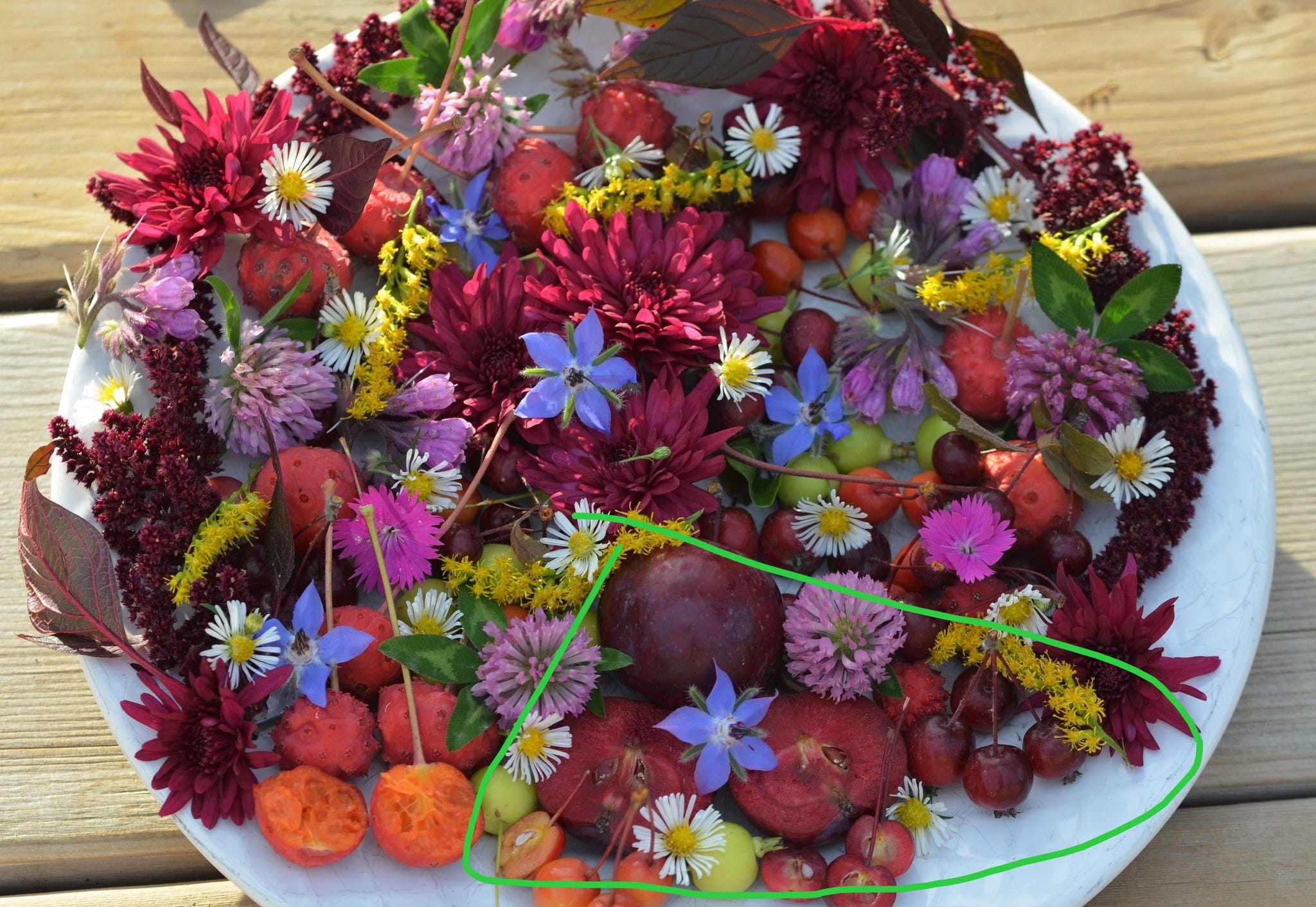
However, the most prominent ancestor of the modern domesticated apple has a different origin story. Due to my interest in seed saving, preserving ancient heirloom varieties and breeding new ones increasing in recent years, I inevitably came to wonder “where did modern apples come from?”. After some extensive research into the genetics of modern apples, root grafted vs apple trees grown from open pollinated seed and looking into where the wild relatives of domesticated apples still grow, I discovered Malus sieversii.
It was named after the German botanist Johann August Carl Sievers, member of the Russian Imperial Academy of Sciences, who made several expeditions in Siberia and in Central Asia at the end of the 18th century, and would have been one of the first to officially ‘discover’ the wild apple tree forests in southeast Kazakhstan.
Apples are one of the oldest cultivated fruits, and are recorded in the writings of almost all of the classic pre-Christian era indigenous European civilisations. A clay tablet found at the Assyrian city of Nuzi, dated c1500 BC refers to the sale of an apple orchard. Charred apple rings were found in the tomb of Queen Pu-abi at Ur (situated near Basra in present day Iraq) date back 4500 years. However, the fruit originated hundreds of kilometres further north, where the climate was more suited to apple growing.
Research carried out in the Soviet Union, and more recently in the newly independent states of the former USSR, found that the domestic apple originates from ancient apple forests located in the mountains of eastern Kazakhstan and nearby parts of Kyrgyzstan, Uzbekistan and Tajikistan. The remnants of these forests still exist today, notably in the Zailiiski and Djungarskii mountains in eastern Kazakhstan. The main apple species found in these forests is Malus sieversii. Genetic studies suggest that M. sieversii is the main ancestor of the modern domestic apple, and there is also some evidence that the European crab apple Malus sylvestris offered some genetics to some modern domesticated apples along the way. The history of the modern apple is painstakingly documented in The New Book of Apples, by Joan Morgan and Alison Richards.
The interesting thing about Malus sieversii is that unlike many other wild trees, the fruits from one tree are completely different from the next — the flavors are remarkably diverse. The wild apples of Kazakhstan have a variety of flavors, depending on how the bees pollinate the blossoms. Some fruit are said to have a flavor reminiscent of wine, through apricot to bitter lemon or rhubarb. Tastes are said to range in intensity through notes of sweet, sour, and bitter. There are honey- and berry-flavored apples, sour crabapples, apples that taste like licorice, apples that taste “hauntingly of roses”, apples that taste like bananas, apples that have vanilla notes, apples with nutty flavors and a few strains that would be bland and sweet enough enough for a supermarket’s produce section. The texture could be anywhere from crunchy to mealy, and the size anywhere between a cherry and a tennis ball to a grapefruit.

Each of those Malus sieversii seedlings in the image above have potential to live to be 300-years-old, becoming up to 5 feet across at the base and 60 feet tall. Each seed will grow a tree that produces a completely unique apple variety.
Malus sieversii is also a valuable resource for its ability to grow without pesticides also in harsh climates. With recent erratic weather patterns, the industrial apples aren’t set to cope with the extremes we face as we strive to grow food for ourselves and our communities, which makes it even more relevant to preserve robust species such as this ancient apple.
Key points on the importance of preserving Malus sieversii for future generations:
- Gathering, saving and growing wild seeds from the progenitor species of our favorite domesticated crops is critical in protecting our food supply from crop diseases, insect pests, and catastrophic weather.
- It is estimated that 16,000 apple varieties existed four centuries ago. By 1907, that number was whittled down to 7,098. Today, just 15 varieties compose 90% of all apples sold in grocery stores. By narrowing the commercial apple gene pool to 15 varieties, we have set ourselves up for a catastrophic event on a scale much larger than the Irish potato famine. Our modern apples have almost no disease resistance left. That is one of the reasons why the wild Malus sieversii apples from Kazakhstan are so important.
- The apples now on the market are subject to apple scab, cedar apple rust, fire blight, powdery mildew, and the exit wounds of coddling moths.
- Consumers are put off by the slightest imperfection, so growers spray their apples an average of 10 times a year.
- The native apples of Kazakhstan have an incredible amount of disease resistance.
In addition to the cultural, agricultural and botanical imperatives for protecting the wild apple from extinction there are also nutritional and medicinal arguments for the importance of protecting this ancient ancestor of the modern apple.
These ancient wild apples are a living genetic database that contains the potential for countless new apple varieties to be developed that would be resilient to pest and disease pressures and offer a wide diversity in flavor, nutrition and form.

“The genus Malus is as diverse as the flavors of its fruits. It reminds me of the dog family. There is the wolf, from which domesticated dogs were bred. And so we have the wild apple, Malus sieversii, that is the the domesticated apple. Many of these domesticated apples would be equated to dogs like the poodle and the shih tzu. Some are a bit more resilient, but none are like the wolf. And just as in the dog family, there wild offshoots of the apple. With dogs, there are foxes, coy- otes, dingoes, dholes, jackals, hyenas, and several others. It is the same with apples. There are species originating from North America, Asia, and Europe. Some of these are hardy to -50°F; many make excellent disease-resistant small apples. Some are very rarely cultivated. You might not recognize them all as apples; some of them are only as big as a small blueberry, but they are indeed apples and they are very useful members of this incredible genus.”
- Akiva Silver (from “Trees of Power: Ten Essential Arboreal Allies”)
As I described in a recent post I noticed four different species of birds enjoying the vertical Malus sieversii branches in our garden this spring.

I was blessed to witness a Ruby-throated Hummingbird, a mated pair of Orioles, a mated pair of Cardinals and a yellow finch perched and hopping around on the branches, enjoying some nectar and hunting for insects.
These birds (minus the hummingbird) also really appreciate the tall pollinated female cannabis plants I left in the ground from last year as they were eating the nutrient dense seeds (still left in the dried/dead flower heads standing about 5 feet tall near the apple tree). So I would say that these are good companions in a larger food forest biodiversity enrichment context.
The apples may be harder to thin / pick (and more likely to incur branch rub) but I have observed the blossoms on vertical branches actually bloom a week or two later than horizontal branches (increasing the likelihood of cross pollination with apple varieties with different bloom times) and the birds really appreciate the vertical shoots. For my purposes of growing an endangered apple species like this as part of a Refugium (for mainly seed saving/sharing purposes) the less than ideal fruit production/harvesting dynamics of the top part of an unpruned tree like this does not bother me.
Such are just a couple of the blessings we invite into our lives when we learn to look at this world through the eyes of nature and work with our garden plants as ecological allies within a reciprocal circle of gifts (as opposed to just seeing them as resources to be extracted from).
What I have also found as I research tree species for my next book is that there are a number of authors that write about trees what are apparently unaware of the original progenitor of all modern domesticated apples. I noted one such occurrence in a book I reviewed as part of my Book Club series (more on that below).
Now lets take a look at apple trees (both crabapples and large wild apples) in the context of food forest design.
I`ll be covering info on the following species in this article:
Malus angustifolia - Malus coronaria - Malus ioensis - Malus fusca - Malus sieversii - Malus sylvestris - Malus baccata
Common Name: Crabapple / Apple
Family: Rosaceae
Part used for medicine/food: The fruit (apples), bark, trunk, roots and leaves of apple trees are used for both food and medicinal purposes
Constituents: bioactive phytochemicals, including polyphenols, terpenoids, vitamins, lipids, fibers, soluble sugars, organic acids, mineral elements and amino acids, riboflavin, thiamin and vitamin B-6 iron, zinc, vitamin K, vitamins C and E, Copper, Potassium, antioxidants like quercetin-3-galactoside, quercetin-3-glucoside, quercetin-3-rhamnoside, catechin, protocatechuic acid, rutin, caffeic acid, cinnamic acid, epicatechin, procyanidin, cyanidin-3-galactoside, coumaric acid, chlorogenic acid, gallic acid, phloridzin and structured water (“4th phase water”).
Medicinal actions: antioxidant, anticancer, lipid-lowering, anti-diabetic and inflammatory, cardioprotective, neuroprotective, ocular-protective, nutritive and detoxifying.
Pharmacology: pharmacological actions protecting against chronic diseases such as diabetes, cancer, and cardiovascular diseases.
Antioxidants:
Apples are rich in various antioxidants, including quercetin, catechin, and phloridzin, which help protect the body against damage caused by free radicals.
Anti-inflammatory Effects:
Some compounds in apples, like triterpenoids, have been shown to have anti-inflammatory properties.
Antimicrobial Effects:
Apples can exhibit antibacterial properties, potentially helping to fight infections.
Research suggests apples have beneficial effects on various aspects of health, including digestion, heart health, and even lung function.
Cold Hardiness: 1-9
Native Range:
The genus Malus (which includes larger domesticated and wild apples and crabapple trees) is primarily native to the temperate zones of the Northern Hemisphere. The primary center of species richness and diversity is in southwest China and Central Asia, with some species extending east to Manchuria and Japan and west to Europe. Another center of bio-diversity for native species is found on Turtle Island (aka North America.)
Central Asia:
Malus species, including Malus sieversii, the wild ancestor of the domesticated apple (Malus domestica), are native to Central Asia, particularly regions like the Himalayas and western China.
North America:
Four species of crabapples are native to North America.
Europe:
Malus species are found in Europe, particularly the European wild apple (Malus sylvestris), which is native to Central Europe and scattered across the continent.
Other Regions:
Some Malus species also extend to other regions, such as Manchuria and Japan in the east, and parts of Asia and Europe.
Specific species native range maps and Growth Form info:
Malus angustifolia
Malus angustifolia, also known as Southern crabapple, is native to the eastern and south-central United States. Its range extends from southern Virginia to northern Florida, west to Louisiana, and north to Arkansas. Specifically, it is found in the states of Alabama, Arkansas, Delaware, Florida, Georgia, Kentucky, Louisiana, Maryland, Mississippi, Missouri, New Jersey, North Carolina, Ohio, Pennsylvania, South Carolina, Tennessee, Texas, Virginia, West Virginia, and Illinois (southern).
This species is a shrub or small tree, 20 to 30 feet in height, with a short trunk 8 to 10 inches in diameter; with rigid, spreading branches forming a broad, rounded, open crown. Leaves are elliptical or oblong, blunt at tip, wavy sawtoothed, hairy when young; dull green above, paler underneath.
Malus coronaria
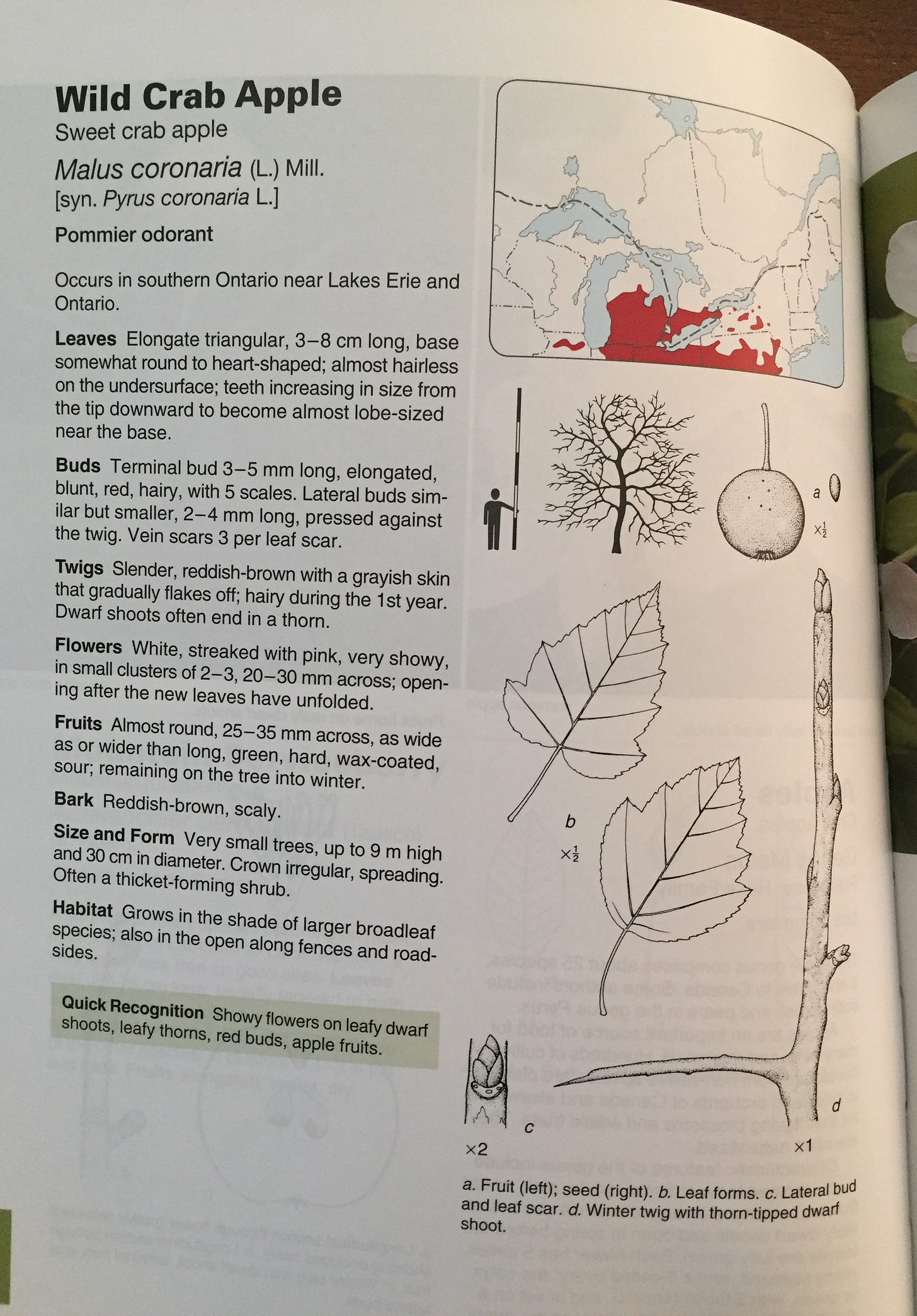
The native range of Malus coronaria (Sweet Crabapple or American Crabapple) is primarily the eastern half of the United States and southern Canada. Specifically, it's found from central New York to southern Wisconsin, south to Delaware, and in the uplands of North Carolina, Georgia, and Tennessee, as well as northeastern Arkansas. In Canada, it's native to southern Ontario.
It is a small to medium-sized deciduous tree. Its growth form can vary, ranging from a bushy shrub to a small tree with a broad, open crown. It typically reaches heights of 15-30 feet (4.5-9 meters). The tree has a short trunk and a wide-spreading head.
Malus ioensis
The native range of Malus ioensis (Prairie Crabapple) is primarily in the central United States, particularly in the prairie regions of the upper Mississippi Valley. It is found in states like Missouri, Iowa, Illinois, Wisconsin, Minnesota, Indiana, and extends south into Texas and Louisiana. Isolated populations are also found in other states like Nebraska, Kansas, Oklahoma, and South Dakota.
This species typically has a rounded or oval growth form, spreading to a mature size of 15-20 feet in both height and width. It can also form clonal thickets through suckering.
Malus fusca
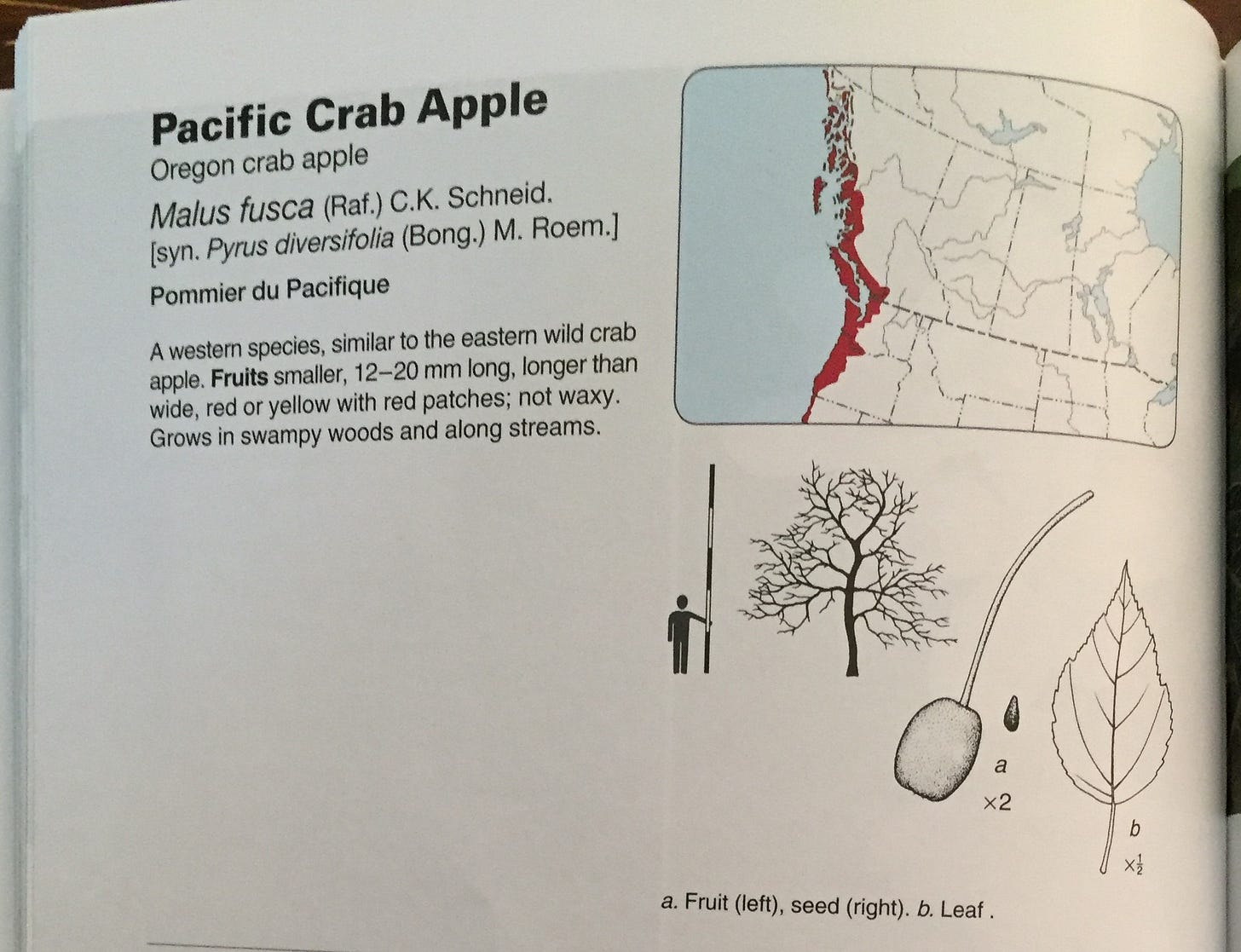
Malus fusca, commonly known as the Pacific crabapple, is native to the Pacific Coast of North America, including British Columbia (BC). Its native range extends from southern Alaska south to northwestern California. In BC, it's found along the coast and up many of the main river systems (where it was cultivated by ancient indigenous food forest designers along side other species like Hazelnut).
This species typically grows as a deciduous tree or large shrub, often multi-stemmed and thicket-forming. It can reach heights of 20 to 40 feet. It features abundant spur shoots on older branches.
Malus sieversii

Malus sieversii, the ancestor of the cultivated apple, is native to the Tian Shan mountains in Central Asia, specifically in Kazakhstan, Kyrgyzstan, Tajikistan, and northwestern China. It thrives in mountainous forests and slopes, often dominant at lower elevations.
This important species is under threat of extinction in its native range. Thus, I have endeavored to assist this ancient noble of the woods to find a safe sanctuary and set down roots on Turtle Island in my Refugia and Community Food Forest design initiatives.
These trees typically reach heights of 5 to 12 meters (16 to 39 feet) though exceptional and unusual individual trees have been documented at up to 60 feet tall with a 5 foot diameter trunk (and over 300 years old). Aside form being able to get bigger, it is similar in appearance to domesticated apple varieties, but with leaves that are more prone to turn red in autumn, a trait less common in cultivated apples. The tree can also reproduce vegetatively through root suckers, or basal shoots.
Malus sylvestris
It is found throughout much of Europe, with the exception of the extreme north and south, and reaches into Anatolia and the South Caucasus.
This species typically grows as a small to medium-sized, deciduous tree. It can also develop into a multi-stemmed bush. Mature trees can reach heights of 5-10 meters (16-33 feet) and have a rounded crown with a wide, spreading canopy. They are known for their irregular, somewhat gnarled and twisted branches, which can sometimes have spines, contributing to their "crabbed" appearance.
Malus baccata

This species is native to East Asia, particularly northern regions of Russia, China, and Mongolia. It also naturally occurs in Korea, Bhutan, India, and Nepal.
This species typically grows into a rounded or spreading tree with a broad, upright form. The mature size of the tree can range from 20 to 50 feet tall, with a similar spread. The branches are known for being arching or overhanging.
Reproduction:
Flowering:
Malus trees produce flowers in the spring, typically between April and May. These flowers are often white or pink and are attractive to native bees and honey bees. The flowers contain both male (stamens) and female (pistils) reproductive organs.
2. Pollination:
Pollination occurs when pollen from the stamen of one flower is transferred to the pistil of another flower.
This can happen through wind, insects (like bees), or other methods.
Successful pollination is essential for fruit development.
3. Fruit Development:
Following pollination, the ovary of the flower begins to develop into a fruit (apple or crabapple).
The fruit contains seeds, which are the result of fertilization.
The fruit matures in the autumn, with the time from bloom to harvest taking between 70-170 days.
4. Seed Dispersal:
Once the fruit is ripe, the seeds are dispersed, either through the fruit being eaten by animals and the seeds being excreted, or through the fruit dropping to the ground and the seeds being carried away by wind or water.
The seeds can then germinate and grow into new Malus trees.
Habitat and Ecological Niche:
Crabapples, wild Asian and European wild apples, occupy a diverse range of ecological niches, playing vital roles in supporting biodiversity. They thrive in various habitats, from woodlands and hedgerows to edges of forests and cultivated areas, offering food and shelter for wildlife, including birds and pollinators like bees. Their fragrant flowers provide valuable nectar and pollen, while the fruits serve as a food source for many animals.
Habitat:
Malus species are adaptable, thriving in a variety of habitats including woodlands, hedgerows, scrublands, and edges of forests. They can also be found in cultivated areas like thickets and hedges.
Food and Shelter:
They provide food and shelter for a wide range of wildlife, including birds, mammals (like bears, deer, squirrels and rabbits), and pollinators.
Pollinator Support:
Their fragrant flowers offer a valuable nectar and pollen source for pollinators, supporting the ecosystem and contributing to the reproduction of many plants.
Biodiversity:
By providing food, shelter, and pollinator resources, Malus trees contribute to the overall biodiversity of their ecosystems.
Flowering and Pollination:
Cross pollination compatible plants are generally of the same genus. For example, there are some 30 - 40 species of apple - Malus sp. The orchard apple - Malus pumilla (that represents mosts of the temperate apple cultivars) can be pollinated by any of the other apple species, such as the European crab apple - Malus sylvestris, so long as the blossom time coincides and insects are around to move the pollen from one plant to another. In fact the crab apple makes an excellent pollination partner for many apple cultivars as the flowering period is often prolonged over many weeks and the plants produce masses of flowers.
Crab-apple blossoms can last for up to four weeks providing great potential for cross pollination for apple cultivars blossoming at the same time.
Health Benefits of Apples and Crabapples:
The old saying goes, “An apple a day, keeps the doctor away.” This saying comes from an old English adage, “To eat an apple before going to bed, will make the doctor beg his bread.” There is definitely some truth to this.
With a diverse family of phytonutrients, including polyphenols and carotenoids, present in apple pulp and skin, studies have linked their consumption with a reduced risk of many diseases and degenerative conditions.
The nutrients in apples include macronutrients (e.g., sugars, fibers, pectin, fat, protein), organic acids (e.g., malic acid), vitamins (e.g., C, E, B6), minerals (e.g., potassium, calcium, nitrogen, magnesium), and trace elements (e.g., zinc, iron, copper, manganese) (Skinner et al., 2018). These not only supply energy but also participate in many important processes in the body such as growth, bone health, immune functions, and so on. For example, malic, citric, and tartaric acids help the liver in the digestion processes in the body (Pal et al., 2020).
Apples lower your chance of developing cancer, diabetes, and heart disease. Research says apples also help you lose weight while improving your gut and brain health.
Apples are also a rich source of polyphenols, an important group of antioxidants. While nutrition labels don’t list these plant compounds, they’re responsible for many of the health benefits of apples.
The vitamins also participate in the conversion of the oxidized forms of other antioxidants back to their active reduced states (Garcia‐Closas et al., 2004; Njus et al., 2020). Potassium and calcium minerals usually present in quantities of about 1.05–1.09 and 0.05–0.06 mg/g, respectively, in fresh apples are essential in promoting bone health and can reduce the risk of developing osteoporosis (Skinner et al., 2018; Yaegashi et al., 2008). Besides, the accumulation of calcium in apples also helps in the firming of the fruit and protection of its cell wall from fungal infections (Aghdam et al., 2012). The importance of the trace mineral, zinc, in normal body growth, development, immune system, and as a cofactor for many enzyme‐catalyzed metabolic reactions has been well reviewed in the literature (Roohani et al., 2013).
To get the most out of apples, eat organic or homegrown apples and leave the skin on. The skin contains half of the fruit’s fiber and most of its polyphenols.
It is worth re-iterating, that according to previous studies, crabapples (which may or may not appeal to the modern domesticated taste pallet) are also particularly rich in bioactive compounds and possess a series of health-promoting properties. Crabapples are good sources of polyphenols, terpenoids, vitamins, lipids, fibers, soluble sugars, microelements, organic acids and amino acids, which exhibit antioxidant, anticancer, lipid-lowering, anti-diabetic and anti-inflammatory activities.
Research shows that beneficial antioxidants found in apple nutrition include:
quercetin
catechin
phloridzin
chlorogenic acid
1. Good for your heart
Apples have been linked to a lower chance of heart disease. Research has found that eating 100 to 150 g/d of whole apples is associated with a lower chance of heart disease and risk factors such as high blood pressure.
They offer polyphenols (some of these help lower blood pressure). Studies have also linked high intakes of flavonoids with a lower chance of stroke.
A 2020 study has also linked eating apples to a reduced chance of stroke.
The specific type of fiber found in apples, pectin, is especially known to be beneficial for lowering cholesterol levels naturally. Research suggests that interactions between fibers and polyphenols in apples together play an important role in markers of heart health and make it one of the top cholesterol-lowering foods.
A 2003 study found that when rats were fed a diet high in apple pectin extract and freeze-dried apples, they experienced significantly lower levels of cholesterol absorption and triglycerides than the control group. The group of rats receiving both apple pectin and the dried apples (instead of only one of these) experienced the most benefits in terms of intestine fermentations and lipid metabolism.
One study that followed adults over a 15-year period found that, overall, a greater intake of fruits and vegetables was associated with lower risk of all-cause death and cardiovascular disease. There’s also evidence that antioxidant-rich fruits can play a role in preventing strokes, chronic obstructive pulmonary disease, diverticulosis and hypertension.
A 2020 randomized, controlled study uncovered that eating two apples a day helped adults with high cholesterol improve cardiovascular health markers.
2. Linked to a lower chance of diabetes
Eating apples may also reduce your chances of type 2 diabetes. A 2019 review suggested that eating apples could decrease the risk of type 2 diabetes.
The high amount of the polyphenol quercetin in apples could explain this beneficial effect.
3. Apples Promote gut health
Apples contain pectin, a type of fiber that acts as a prebiotic in your gut microbiome, and a healthy gut is often key to better health.
Since dietary fiber cannot be digested, pectin reaches your colon intact, promoting the growth of good bacteria. It especially improves the ratio of Bacteroidetes to Firmicutes, the two main types of bacteria in your gut.
New research suggests that, by beneficially altering your gut microbiota, apples help protect against chronic diseases like obesity, type 2 diabetes, heart disease, and cancer.
4. helps prevent cancer
Research suggests apple polyphenols can help prevent cancerous cells from multiplying. A 2021 review suggests that studies support the effect of apples on preventing cancer.
Apples are a high-antioxidant food and a very significant source of flavonoids. In the U.S., it’s estimated that 22 percent of the phenolic antioxidants consumed from fruits are from apples, making them the largest single source of these compounds.
Apples are ranked second to cranberries among all types of fruit for their total concentration of phenolic compounds.
Because of these special compounds, apples do more than combat free radicals. They also have anti-proliferative and beneficial cell-signaling effects.
In studies, anti-inflammatory foods like apples are linked with the prevention of certain cancers, including prostate cancer and breast cancer, because of their supply of quercetin. Other evidence suggests that certain protective phytochemicals in the skin of apples can help inhibit the reproduction of cancer cells within the colon.
5. helps protect your brain and contains compounds that stimulate the production of new brain cells (increasing the rates of neurogenesis)
Quercetin in apples protect your brain from damage caused by oxidative stress.
A review of 14 studies suggests quercetin has some preventive properties against Alzheimer’s disease.
One of the processes underlying this maintenance is brain plasticity, whereby structural and functional modifications occur in response to internal and external stimuli. Adult hippocampal neurogenesis is a particular form of brain plasticity in which functional neurons are generated throughout life and integrated into the existing circuitry, thereby mediating particular forms of learning and memory.
Flavonoids, the abundant phytonutrients found in fruits like apples, can modulate molecular signaling pathways that influence these cognitive processes (Spencer, 2009).
Quercetin in apples also promotes hippocampal precursor cell survival and differentiation:
•Quercetin induces endogenous antioxidants and the AKT pathway
•3,5-Dihydroxybenzoic acid increases precursor cell proliferation and neurogenesis
6. help Prevent Inflammation
Phytochemicals found in colorful fruits, including phenolics, flavonoids and carotenoids, are known to reduce the risk for many chronic diseases that are widespread but largely preventable. This is because phytonutrients keep arteries clear, lower inflammatory responses and prevent high levels of oxidative stress.
Among other fruits, apples are a part of the anti-inflammatory diet known as the Dietary Approaches to Stop Hypertension (DASH) diet, which is known to help improve cardiovascular function and lead to other benefits.
Research from California State University suggests that high-antioxidant foods are associated with “improved outcomes related to cognitive decline of normal aging, type 2 diabetes, weight management, bone health, pulmonary function, and gastrointestinal protection.”
7. helps Fight Asthma Symptoms
Interestingly, apples are shown to act like natural remedies for asthma. In fact, they are associated with general pulmonary health and reduced risk for bronchial hypersensitivity.
In a study published in the American Journal of Clinical Nutrition involving 1,600 adults in Australia, apple and pear intake was associated with a decreased risk of asthma and a decrease in bronchial hypersensitivity.
The study surveyed nearly 600 individuals with asthma and 900 individuals without asthma about their diets and lifestyles. Total fruit and vegetable intake was found to be only weakly associated with asthma, but apple intake showed a stronger inverse relationship with asthma. The beneficial effect was most clear in subjects who consumed at least two apples per week.
What’s also interesting is that this seems to be uniquely an apple nutrition benefit. Onion, tea and red wine consumption were not related to asthma incidence even though they also contain similar phytochemicals. This suggests that there are special interactions of apple flavonoids that help control asthma symptoms better than other antioxidants and nutrients.
In addition, as research points out, “High consumption of fruits and vegetables was found to be associated with reduced risk of developing asthma in children and adults. This has been noted specifically for apples and oranges.”
8. High Source of Boron
They are one of the best natural sources of boron. Boron is a mineral that is important for building strong bones and helping prevent osteoporosis.
Boron uses and benefits include helping develop sex hormones, building muscle mass and supporting brain function. Some evidence also shows that low boron intake might be associated with fatigue, arthritis and mood changes.
9. helps Prevent Arthritis
As it turns out, the polyphenols in apple nutrition can be useful in combating arthritis. A 2022 study out of Japan examined the effects of this fruit’s polyphenols on the progression of osteoarthritis.
Researchers found that the apple polyphenols “enhanced cell proliferation and hyaluronan production. This indicates that AP may improve synovial conditions in OA and suppress OA progression. These effects may be attributed to the antioxidant and anti-inflammatory properties of apple polyphenols.”
Other research has found that dietary fruit intake, including apples, “demonstrates a protective role of fruits and their polyphenols in pre-clinical, clinical and epidemiological studies of [osteoarthritis] and [rheumatoid arthritis].”
History and Cultural Relevance of Apples:
Apples have been a part of the human diet since ancient times. From mythological and biblical references to anthropological discoveries, the apple has played a major role in the unfolding of world history. This ubiquitous fruit has been cultivated for 10,000 years or more. DNA records indicate the original ancestor of the beloved apple as we know it today was ‘Malus sieversii’.
The European wild apple (M. sylvestris) were hybridized with wild Tian Shan apples at some point over the past three millennia, creating what we think of as domesticated apples (Gross et al., 2012, 2013, 2014a,b; Cornille et al., 2014). Studies of the population genetics of the European wild apple have identified three distinct genetically isolated populations, which likely reflect Pleistocene refugia (Cornille et al., 2014, 2015).
In pre-recorded history indigenous Europeans used controlled fire to manipulate forests landscapes and, starting in the Neolithic the evidence shows that people would burn an area and then plant apple trees from seed. These practices, in addition to consuming and spreading apple fruits, greatly promoted the spread and success of wild Malus spp. trees during the Holocene. Many scholars now believe that humans were modifying vegetation using fire during the late Pleistocene (Kaplan et al., 2016), and that they specifically utilized those the resulting small forest clearings for planting wild apples and their relatives. At some archeological sites as far back as the Neolithic in core areas of wild apple populations (i.e., glacial refugial zones), high concentrations of wild apple seeds suggest that humans maintained a very close relationship with these trees, engaging in cultivation of these trees. Some of the best examples come from Neolithic villages in central Switzerland, in these cases tens of thousands of preserved apple seeds were recovered (Antolín et al., 2017). Likewise, the cultivation and preservation of wild apples in some areas can be traced to the Mesolithic; Malus sp. seeds were reported from the site of Staosnaig on Colonsay, Scotland (Carruthers, 2000; Mithen et al., 2001). Additionally, thousands of archaeobotanical finds of seeds that appear to be from European wild apples have been recovered from Neolithic and Bronze Age archeological sites in Europe (Figure 4).
Pockets of genetic diversity and late Holocene apple breeding zones exist across Europe and South Asia, for example in the Karaman region of Turkey separate landraces are still recognized between many villages. Genetic studies demonstrate that these village apple populations remained isolated from each other and from the broader globalized world (Sönmezoğlu and Kütük, 2014). There is also a genetically recognized diversity among Iranian landraces today; Farrokhi et al. (2011) suggest that this diversity is due to the geographic proximity of the Iranian Plateau to Central Asia.
As noted above, the ancient Gaelic culture cultivated and revered apple trees and those trees were also revered in the rest of Europe, Asia and over here in pre-colonial Turtle Island as well.
Apples were among the fruit enjoyed by the Persian and Roman civilisations and many records attest to the high regard held for the tastiest specimens. At least 20 distinct varieties are mentioned by Pliny the Elder in his Naturalis Historia, written circa AD 77-79. The Romans were enthusiastic apple growers and took the domestic apple to the far flung parts of the empire, including Britain. Prior to that, the native Celts had used the fruits of the wild native crab apple for food and also the production of alcohol. The crab apple also held an important place in Celtic mythology. The legendary Avalon, the place where King Arthur was taken after fighting Mordred at the Battle of Camlann to recover from his wounds, was the sacred Isle of the Apple Trees.
For many centuries apples were revered and cultivated for food and medicine but there came a time when propaganda that spun off from the Christian church (propagated by some artists depicting their interpretation of the Adam and Eve story) changed some people’s perspective towards this tree that is truly a blessing from God.
Wild apples have grown across North America for thousands of years. There are four main species of American crab apple, three in the east and midwest – Malus angustifolia, Malus coronaria, and Malus ioensis – and Malus fusca in the northwest. From the apple’s centre of origin in China, such wild apples are thought to have been spread by birds and mammals across the northern hemisphere, an early ingression to North America.
Scientists have now discovered 7000 thousand year old food forests in northern BC, Canada. These food production systems were designed, installed and tended reverently for centuries until their creators and stewards were forced to flee.
These indigenous people were cultivating these food forests (at the same latitude as where BC meets Alaska) before wheat farming began in Egypt. They did not only provide for the 7th generation, they are providing for the 300th generation. That is the potential of food forest design.
These food forests contain hazelnuts and crabapples (along with wild cherry, elderberry, wild ginger, wild rice root, soapberry, thimbleberry, red huckleberry, serviceberries, blueberries, cranberries, hawthorn, rhodiola rosea and medicinal herbs).
The fact they could create such a resilient, stable and nutritionally diverse food production system that far north shows us how we are only limited by our imagination and pattern recognition skills with regards to food forest design.
Some of the first European settlers who landed in Virginia on 14th May 1607 to establish Jamestown for the Virginia Company of London, did not pay attention to how the local population was cultivating and gathering food and so they initially suffered extreme hardship and hunger. The records of the Virginia Company show that seeds and “some fruit trees of two years grafting” were shipped from England, bringing the sweet domestic apple, the fruit of the Tian Shan, to America – together with the promise of future harvests of familiar fruit in this new and forbidding land. Jamestown became the first permanent English settlement in America.
Later we enter the story of John Chapman, the man we know as Johnny Appleseed.
He planted enough seeds to ensure resilient and adaptable larger fruit bearing apple varieties could set down roots here on Turtle Island. Land companies would provide settlers with farmland, as long as the settlers proved that they were permanent homesteaders by planting a certain number of apples and peaches. But planting an orchard is hard work. Chapman realized that he could make money by planting apple trees for farmers before they had arrived and then sell the plants and the accompanying land to the newly arrived settlers. In this way, he moved throughout what is now considered the Midwest, planting cider orchards and selling them to homesteaders. Chapman provided both cider and land acquisitions to people on the American frontier, only a slight alteration to the folk tales of the apple-planting wanderer.
While in the early 1800s most of the apples in North America were meant for cider, people had increasingly begun to cultivate edible varieties - made possible, in part, by Chapman’s and other settlers’ popularization of propagation by seed, which allowed for the development of more diverse and hardier varieties than grafting alone. This cultivation led to an enormous diversity of apple names, shapes, colors and flavors. By 1905, the United States Department of Agriculture recorded over 17,000 different apple names throughout the country.

By the mid eighteenth century, the Swedish naturalist Pehr Kalm reported domestic apple orchards abounding across the eastern states but also noted their susceptibility to frost. It transpired that whilst the imported young trees of European varieties generally struggled in the harsher American climate, the pippins – the trees grown from “pips” (aka seeds) – thrived.
An indication of their success comes from recent research of pre-1830 American publications and fruit catalogues which found that 56% of apple varieties available were US seedlings, the rest imported cultivars, primarily from the UK.
“In effect, the apple, like the settlers themselves, had to forsake its former domestic life and return to the wild before it could be reborn”
- Michael Pollan
The number of apple varieties in North America is now declining. While there were once over 17,000 named varieties here, that number has dwindled to around 4,500 today.
I am working to reverse that trend through my wild apple seed sharing program (which you can learn more about in the post linked below)
You can count the seeds in a single apple, but you cannot count the apples in a single apple seed
“A seed hidden in the heart of an apple is an orchard invisible.” - Welsh Proverb



Traditional Medicinal Uses:
Apple-based herbal remedies have a rich history dating back to ancient civilizations, where they were revered for their medicinal properties. Today, the tradition continues with modern naturopathic treatments.
Mesopotamian Records: Ancient texts from Mesopotamia, dating back to around 2000 BCE, mention the use of apples for medicinal purposes. They were believed to have healing properties for various ailments.
Egyptian Practices: In ancient Egypt, apples were associated with health and vitality. They were often included in medicinal concoctions and offerings to gods for healing and protection.
Greek and Roman Medicine: Both Greek and Roman physicians recognized the medicinal benefits of apples. Hippocrates, the father of modern medicine, prescribed apples for digestive issues, while Pliny the Elder noted their use in treating insomnia.
Traditional Herbal Remedies Featuring Apples in Various Cultures
Chinese Medicine: Traditional Chinese medicine views apples as a symbol of good health and longevity. They are incorporated into herbal formulas to promote digestion, clear heat, and nourish the body’s yin and blood.
Ayurvedic Medicine: In Ayurveda, the ancient healing system of India, apples are considered balancing for all three doshas (body types). They are used to improve digestion, strengthen the heart, and support overall well-being.
European Folk Remedies: Throughout Europe, apples have been a staple in folk medicine for centuries. They were used to make tonics, teas, and poultices to alleviate various ailments, including coughs, fevers, and skin conditions.
Functions In The Wilderness and in the Food Forest:
Ecological Functions:
Apple trees contribute significantly to the environment by turning air into food, nectar for bees, soil, releasing oxygen, and improving soil health. They also provide habitat and food for various wildlife, including pollinators like bees, which are crucial for fruit production and the broader ecosystem.
Here's a more detailed look at their ecological functions:
1. Carbon Sequestration and Oxygen Production:
Apple trees, like other trees, absorb carbon dioxide from the atmosphere and convert it into organic matter during photosynthesis.
Apple trees also produce oxygen as a byproduct of photosynthesis, contributing to cleaner air.
2. Soil Health and Erosion Control:
The extensive root systems of apple trees help to stabilize soil and prevent erosion.
They also improve the soil's ability to absorb water, reducing runoff and promoting healthy soil structure.
The presence of apple trees enhances soil fertility and biodiversity.
3. Habitat and Food for Wildlife:
Apple trees provide food (fruit and seeds) and shelter for a variety of wildlife, including birds, insects, and small mammals.
Their blossoms attract pollinators like bees, which are essential for the reproduction of many plants, including other fruit trees.
The presence of apple trees in an orchard creates a more diverse and vibrant ecosystem, supporting a wider range of plant and animal species.
4. Air Quality Improvement:
Apple trees can help to filter airborne pollutants, including particulate matter, improving air quality in surrounding areas.
The leaves and branches of apple trees can trap dust and other particles, helping to reduce the concentration of pollutants in the air.
Guild Profile:
For those reading this article that are unfamiliar with the term, a “tree guild” is a permaculture technique based on natural eco-systems, like what you would find in the forest. A guild is a community of plants that grow and support each other by recycling nutrients back into the soil, providing shade and conserving water, attracting beneficial insects, repelling pests and diseases, building soil, and preventing erosion. You can have a standalone tree guild or link them together with fruit bushes and other trees to form a food forest.
In doing so you can create a system of disease-resistant, high-yield gardens.
The goal of the guild is to underplant a central element, such as a fruit or nut tree, with plants that are highly useful, multifunctional, and that might naturally be found growing together.
For example, under-plantings in a guild might include plants that fertilize, repel pests, attract beneficial insects, create mulch, and suppress grass, and more.
How you plant a fruit tree guild depends on your space—whether you have several acres or less than half an acre, for example. In larger spaces, you could develop a large guild under an expansive, 70-foot tall nut tree (with apple trees spaced around it).
On the other hand, an apple tree with bushes, like blueberry, serviceberry or black currants, might be the central element in a smaller space.
Here in our young urban food forest I have a Malus sieversii tree (which we grew from seed) at the center of an inverted hügelkultur bed (which we then applies lasagna mulching on top of before planting). Around the tree are lupins, borage, comfrey, haskap berries, goose berries, clover, golden peruvian ground berries, egyptian walking onions, heirloom cannabis and currants.
Here are some other ideas for apple tree guilds:
Other Practical Uses:
Wind fallen branches for carving
firewood
support for climbing vines that produce food and medicine
food for the soul
Seed Propagation:
Both the seeds that produced these seedlings in this pic above came from the same fruit. This offers a visual testament to the potential contained within the immense ancient library of genetics that exist in each seed.
What strange, tangy, colorful, bitter, mysterious and/or sweet fruit might they produce in their long lives which are yet to be lived?
How many generations of children yet unborn will experience joy climbing up the sturdy branches of these trees when they are over one hundred years old, as they watch the million bumblebees that will feed on the nectar of their blossoms each year?
What wonderous regionally specific recipes for cider, pies, preserves or treats will those multiple generations of children create with the trees unique fruit when they grow up to be adults? (passing on those recipes and seeds from that tree to their grandchildren one day so they can in turn create their own recipes and abundance for future generations).
Such are the potentials and blessings we unlock when we use our gifts as humans to align with the regenerative capacity of the Earth, tending to the wilds and using our hands to spread the seeds of hope, regeneration and abundance.

Most conventional horticultural and agricultural academics will tell you that it is not worth growing apple from seeds because you cannot predict and control the outcome. I say that their thinking is based on a failure of imagination, control freak tendencies stemming from a monoculture thinking industrial civilization and impatience (preferring the instant gratification/predictability of cloning).
Apples exhibit "extreme heterozygosity," meaning a high degree of genetic variation within a population. This means that if you plant seeds from a specific apple variety, the resulting tree will likely produce fruit with significantly different characteristics from the parent, including color, taste, size, and other traits.
This is a good thing, not a bad thing. More on that below.
Firstly, I want to highlight the fact that apple seeds need to be kept fresh and retain their moisture after they are extracted from the apple (and they need to go through simulated winter conditions while still breathing but remaining moist) in order to retain viability for planting.
Seeds are extracted from a ripe fruit and are placed in a plastic bag with a moist medium, or damp paper towel and into the refrigerator they go for about 6 weeks.
After their cold treatment, seeds can be planted into standard pots. Soil is kept warm and moist through the germination process. Under ideal conditions, seeds will begin to sprout in 1-2 weeks. When the seeds emerge from the soil they can be moved to a bright, warm place. Young trees are left in their original pots to grow and develop a solid root system.
After the seedlings are 6 inches or taller and nighttime temperatures stay above 50 degrees they can be gradually hardened off and then transplanted to their new outdoor home. The young trees will grow vigorously, requiring pruning in the early stages to ensure they have an ideal shape and structure.
Below is page 50 from "The Complete Guide to Saving Seeds: 322 Vegetables, Herbs, Fruits, Flowers, Trees, and Shrubs" pertaining to recalcitrant seed types/storage (which includes apple and pawpaw seeds) which is worth sharing below:
Then on page 221 the authors attempt to curb the reader’s enthusiasm in growing things like apples from seed by stating “Fruit trees, bushes and vines grown from seed have a long juvenile period, and most will eventually produce inferior fruit”.
They go on to say “Keep your expectations realistic about producing a superior new variety.”
Inferior according to whom? And according to what metrics of measurement? Those judging with westernized tastebuds that have been conditioned to appreciate only a small spectrum of flavors and dismiss bitter and tangy fruits as unworthy in favor of homogenized processed foods and bland sugary crops? Or perhaps the author of the book shown in the pic above means “inferior” according to the Big Ag/Corporate Supermarket standards of uniformity in the name of superficial appearance (with nutrition and flavor being a second thought at best), shelf life and ship-ability (dismissing fruit with a short shelf life while ripe into obscurity) and the ability of a crop to be grown in a monoculture using massive machines and toxic chemicals to maximize profits?
Based on my own personal experience growing fruit trees, vines and berry bushes from seed I do not agree with the author’s opinion that such efforts will result in “inferior” fruit. On the contrary, I have found that with patience, close observation, faith and TLC, such efforts often result in fruit and berries that are superior to those produced by their parent plants.
For instance, conventional horticultural/agricultural thinking says that in order to discover a new apple variety with favorable characteristics one would have to grow out at least a thousand trees from seed. Based on my personal experience growing malus sieversii from seed I have found those numbers to be a gross over exaggeration as we started growing only 6 trees from seed eight years ago (as it is all we have space for) and the one that started first producing fruit gifted us a delicious eating apple, that also works well in baking recipes and makes excellent cider as well.
Here is what the first apple variety we grew from seed turned out to look like:
Maybe (as most conventional horticultural academics and big business pros would likely say) it was dumb luck, and the next 999 apple trees I grow from seed will produce “inferior” fruit, but I suspect that will not be the case.
Also, who decides what is “superior” and “inferior” fruit anyways? Tangy and bitter apples are full of useful organic acids that are ideal for making dry ciders and smaller apples can be helpful to those with short growing seasons as they can take less time to ripen up. Characteristics that corporate Ag industry deem as “inferior” is really just their way of saying “we lack the creative thinking and originality to find a way to appreciate this unique fruit’s gifts and find a way to market it”.
I would encourage you to do the opposite that the above author’s suggest regarding growing fruit trees, vines and berry bushes from seed.
Do not keep your expectations “realistic” about producing a “superior” fruit, have completely unrealistic, beautiful, hopeful and faithful expectations, and when the gift from nature that is a new variety of fruit or berry is offered to you after your years of patience pay off, receive that gift gracefully, using your mind, your heart and your understanding of ecology (as well as your tastebuds) to measure, define and describe the attributes of the resulting new variety.
I would encourage you to not look at the gifts from nature through Big Ag profitability, westernized palate and Walmart uniformity colored glasses, instead, look at the new variety with the eyes of a child and the heart of one who has just co-created a gift that will give back to human and non-human beings for countless generations to come.
Cultivation details:
Focus on building a healthy soil ecosystem, supporting the tree with beneficial companion plants, and managing water and soil health through methods like mulching and composting.
Site location
For the best success, choose a site that receives full sun. Don’t let any trees, shrubs or structures on the landscape encroach on the space or available sunlight of your apple trees. Imagine what it will look like fully mature, and plan accordingly.
Protection from strong winds should be taken into consideration. Open spaces and hilltops can receive strong gusts of wind, making life difficult for training trees and developing fruit. If wind is an issue, trees can be staked for support, or utilize hedges or fences as obstructions. Be careful not to enclose the trees completely, as breeze and air circulation is vital for health.
Spacing
Standard apple trees should be spaced about 20-30 feet apart, semi-dwarf varieties at 15-20 feet while dwarf varieties can be maintained well at 10-15 feet apart.
Recipes:
Most people that enjoy cooking will have a range of their own favorite apple recipes so I am not going to try and re-invent the wheel here and with regards to large/sweet apples. I`ll share one favorite recipe I like for baked goods and then i`ll just share a few key low tech (off grid compatible) and highly practical preserving techniques I like to use for our harvests.
First up is Wild Apple / Service Berry Crisp with a topping of local organic oats, homegrown golden giant amaranth flour, a bit of homemade maple sugar, diced organic plant based cultured cashew/coconut butter, hemp hearts and puffed Hopi Red Dye Amarnath seeds.
I basically used this type of recipe except I switched out the flour for Amaranth and used our homemade nut butter (and then added the serviceberries and other ingredients listed above to personal taste amounts).

I combined our homegrown Malus sieversii (var. Starlight Blush) fruit with some frozen ripe serviceberries from our summer harvests to sweeten the recipe (rather than using all the sugar the typical apple crisp recipes call for). The hemp hearts, amaranth flour and puffed amaranth seeds added a lovely nutty flavor and an extra punch of nutrition. I am gonna be making bigger batches of this one for sure.
I like the name my other half gave to this dish, so let it be known in all the seven realms that this recipe shall thus forth be known as 𝐁𝐞𝐫𝐫𝐲 𝐁𝐥𝐮𝐬𝐡 𝐂𝐫𝐢𝐬𝐩!

Secondly, Hard cider.
Wild yeasts are everywhere, all over the skin of fruit and apples are full of natural sugars. When you juice the apples you mix the two and all you need to do is set up the right conditions for yeast to wake upand thrive and that juice will transform into shelf stable, nutrient dense hard cider.
I have been helping my parents make cider since I was little but for a primer in the science and techniques involved I suggest getting a copy of Wild Fermentation by Sandor Katz.
Wild yeasts are present on most fruits and vegetables, which is why we can ferment them to begin with.
The best part about this hard cider with wild yeast is that the only ingredient you need is fresh pressed apple juice.
First you will fill the wide mouth jar with fresh pressed cider, leaving two or three inches of headspace.
Cover the jar with cheesecloth or a kitchen towel and secure with a rubberband.
Put the jar in a dark and quiet corner, and give it a vigorous stir with a clean spoon every day.
You may want to set the jar on a pan or something to catch any overflow. Mine did not overflow, but came pretty close!
After a couple of days, this is what it looked like. Very bubbly and frothy!
Transfer to a Jug with Airlock
Once it gets to this point that means the fermentation is going good and it’s time to transfer it into a jug with an airlock. This will keep any unwanted yeasts or bacteria out.
Then put it back in the dark corner and let it ferment away!
Soon you will see lots of bubbles in the jug, if you didn’t already, and the airlock should be bubbling away as well.
Bottle the Wild Hard Cider
Once the bubbles subside, which took about a week or so, then it is time to bottle the cider. I usually use flip top grolsh style bottles. You can follow Colleen’s instructions for bottling here (from Grow Cook Forage Ferment).
Next up, Home Made Apple Cider Vingar.
Raw Apple Scrap Vinegar
Cores and peelings from organic apples
1 Tbsp. organic, raw apple cider vinegar with mother, per cup of water
1 Tbsp. organic, pure maple syrup, per cup of water
Non-chlorinated, non-fluoridated water
Quart Jar
1. Fill a wide mouthed quart glass jar 3/4 full with apple scraps.
2. Add enough water, vinegar and maple syrup mixture to cover the apple scraps. A quart jar 3/4 full with apple scraps will take approximately 2 cups of water to cover the scraps. So mix 2 Tbsp. vinegar and 2 Tbsp. maple syrup with 2 cups of water and pour over apple scraps. You will want to leave about an inch of headspace. I typically fill with the vinegar/water/syrup solution to the bottom ring on the jar; where the neck begins.
3. Cover the jar with a coffee filter, or cloth. Fruit flies love this stuff! Secure the coffee filter or cloth with a canning jar ring, or a rubber band to keep them out.
4. Give the top of the jar a little stir once a day and push the apple scraps under the liquid. They'll float back up; that's ok. Pushing them down once a day will be enough to discourage mold growth. The top will get frothy, especially when the scraps are pushed down and that's ok too. It's a sign that the good bacteria are at work!
5. Leave the jar of fermenting apple scraps on the counter at room temperature and out of direct sunlight, for 2 weeks, or until the scraps stop floating and the frothing action subsides. You may have a stray floater, but when the majority of scraps sink to the bottom of the jar, around the 2 week mark and the frothing has diminished, you're ready to go on to the next step.
6. Place a container under a colander and strain the liquid from the apple scraps. If you have a compost, toss the scraps in that; waste not, want not!
7. Pour the liquid back into the jar. Continue to ferment the strained liquid, covered with a coffee filter, or cloth as before, for approximately 4 weeks, or until it has an unmistakable tart vinegar taste, and no alcohol undertones (flavor). Do not stir, or agitate the fermenting liquid during this time. This could take up to 6 weeks in the winter and may even go a little faster than 4 weeks in the summer, but 4 weeks is a good average amount of time for this step. See FAQ below.
8. Use a funnel to pour the finished vinegar, into an airtight container with a small opening. While fermentation took place in an aerobic environment, less air is preferable at this stage, as excess air can begin to dilute the acidity of the vinegar. A small opening will expose the vinegar to less oxygen as there is a smaller surface area. Remember to recap your vinegar after each use, to ensure it's longevity and quality.
Fermentation takes a bit less time in the warmer temperatures of the summer, than in the winter. It will also vary, according to the temperature of the room it's being fermented in.
The chemicals on conventional apples can kill the beneficial bacteria needed to produce a home produced vinegar. Because of that, I recommend starting with organic apples.
Vinegar is an aerobic type of fermentation. The acetobacter bacteria that's responsible for creating vinegar requires adequate oxygen to do it's job. This is why you should not cover the jar with a lid, as with anaerobic types of fermentation.
Vinegar is also an acetic type of fermentation. Making vinegar is a two step fermentation process which changes carbohydrates to alcohol and then to acetic acid which is what your vinegar is made up of.
A gelatinous film, or layer may develop on top of the vinegar, generally after the apple scraps are strained away from the liquid, this is called a vinegar mother. If an obvious mother does not develop on top of your vinegar, not to worry! It does not mean that a mother is not present in the vinegar. A vinegar mother can be manifest in several different ways, it's often a less noticeable web-like, or thin stringy film that can be found at the bottom of the vinegar.
When the vinegar is done, remove the mother, if there is an obvious one that is easily removed. Add it to a new batch of apple scraps, or store it in a separate container covered in a small amount of vinegar, or discard. You may store your mother in your vinegar, for shorter periods of time, but if you are aging it, or will be storing for an extended period, I recommend storing it separately.
When making a new batch of vinegar, you may use vinegar from a previous batch of apple scrap vinegar as a starter.
If you have a well developed mother, it can be used in place of the vinegar as a starter for your next batch. Place the vinegar mother in the bottom of the jar before filling with apple scraps. If the mother is not well developed, go ahead and use it in combination with previously made raw vinegar as a starter.
Since this is a home produced vinegar, it's perfectly acceptable to use your sense of smell and taste to determine when it's done. You'll know it's done when it tastes distinctly tart: like vinegar, as well as the absence of any alcohol undertones in taste.
Your home produced vinegar may be a bit less acidic than store bought, and it's acidity can vary from batch to batch. Keep this in mind when using it in recipes. You may need to add a bit more to get the same level of acidity.
Vinegar must have a 4.5% acetic acidity to be safe for canning. Home produced vinegar is not recommended for this purpose, unless a titration kit (acidity strips are not accurate in testing vinegar) is used to test acetic levels. In addition, the acidity can change over time.
Once the alcohol has converted to vinegar, the acetobacters will break down the vinegar into carbon dioxide and water, in the presence of oxygen. This will dilute the acidity in your vinegar. For this reason, once your vinegar is finished, you'll need to store it in an airtight glass container. It's also best to store the vinegar in a container with a small opening, as the vinegar will be exposed to less oxygen due to a smaller surface area. For the same reason, it's best to store the vinegar in a container filled to the top. Storage containers are not as important if you'll be using the vinegar in the near future, but if it will be stored for a longer period of time, like in the next step, you'll want to pay closer attention to it.
I usually begin to use my vinegar right away. But for a more developed flavor, you can age your vinegar. Simply store the vinegar in a container as described above, out of the light and at room temperature for several months; 6 months is ideal.
Crabapple Recipes
These little nutrition packed beauties are everywhere and yet often totally overlooked by the coddled denizens of modern industrial civilization that have been trained to see crabapples as purely “ornamental” and shy away from bright and tangy flavors.
You can use wild apples all the ways you use domesticated apples, but they’re usually much tarter than domesticated apple cultivars. Harvesting them after a frost has hit them when they’re fully ripe and soft can make them more mellow and sweet.
However, there are also plenty of ways to embrace their tangy side. Wild apple’s flavors add depth to sweet dishes. You can use them alone or mix them with domesticated apples for a milder effect in pies, crisps, sauces, and other baked goods.
They’re also relatively easy to preserve. You can pickle, dry, can, or ferment wild apples. If you enjoy fermenting your beverages, try using some of your wild apples in cider or mead.
I personally like to snack on brightly colored tiny crabapples and enjoy them like nature’s sour candys right off the tree, but if having a super tangy flavor explosion to get your crabapple nutrition is not your cup of tea there are a ton of fun recipes that mellow out those bright flavors with other ingredients so you can get all the goodness of these misunderstood and undervalued superfoods while not having to make a face when you eat them!
Here are some of those recipe ideas:
Rosehip-Crabapple Jam
Crab Apple Jelly and Crabanero (No Pectin)
Mulled Crab Apple Cider
Spiced Pickled Crab Apples:
Maple Crab Apple Butter
Crab Applesauce
Crab Apple Pear Compote
More Crabapple Recipes:
One of the simplest crabapple recipes is a crabapple jelly, which comes together with just crabapples and sugar.
For a seasonal celebration, try these adorable Crabapple & Rosemary Hand Pies from Gather Victoria.
Put up plenty of wild apples for later with this Crabapple Sauce recipe from Mama’s Homestead.
Make an exciting autumn side dish with this Spice Crab Apple Pickle recipe from The Spruce.
New to fermenting? Try this Fermented Crabapple Cider with Beatyberries recipe from Tyrant Farms. You can make a delicious sparkling cider without special equipment or commercial yeast.
If you’re feeling adventurous, try this foraged take on British lemon curd with this Wild Apple Curd recipe from forager Rachel Lambert.
References:
https://www.atlasobscura.com/places/the-last-wild-apple-forests
https://rees.sas.upenn.edu/about/spotlight/last-wild-apple-forests-kazakhstan#:~:text=Today%2C%20reserves%20throughout%20the%20Tian,the%20bees%20pollinate%20the%20blossoms.
https://search.nal.usda.gov/discovery/search?query=lds35,contains,7109012-01nal_inst,AND&tab=LibraryCatalog&search_scope=MyInstitution&vid=01NAL_INST:MAIN&mode=advanced&offset=0
https://seedsnsuch.com/blogs/gardeners-greenroom/apples-from-potent-medicine-to-mild-mannered-clones
https://pmc.ncbi.nlm.nih.gov/articles/PMC442131/#:~:text=Some%20of%20the%20most%20well%20studied%20antioxidant,acid%2C%20gallic%20acid%2C%20and%20phloridzin%20(Figure%202).&text=Quercetin%20conjugates%20are%20found%20exclusively%20in%20the%20peel%20of%20the%20apples.
https://wambuguapples.co.ke/the-history-of-apple-based-herbal-remedies-and-wambugu-apples-modern-naturopathic-treatments/
https://practicalselfreliance.com/wild-apples-crabapples/
https://www.sciencedirect.com/science/article/abs/pii/S0308814622007518#:~:text=Crabapples%20are%20good%20sources%20of%20various%20bioactive%20compounds.&text=For%20example%2C%20caffeic%20acid%2C%20cinnamic%20acid%2C%20(+)%2Dcatechin%2C,et%20al.%2C%202017%2C%20Rudikovskaya%20et%20al.%2C%202015).
https://pmc.ncbi.nlm.nih.gov/articles/PMC442131/
https://pmc.ncbi.nlm.nih.gov/articles/PMC7940132/
https://www.researchgate.net/publication/369198866_Forgotten_forest_relics_Apple_trees_Malus_spp_in_eastern_US_forests
https://practicalselfreliance.com/wild-apples-crabapples/
https://www.classiclandscapes.com/blog/malus-baccata-a-guide-to-the-siberian-crab-apple.html
https://www.americanscientist.org/article/the-mysterious-origin-of-the-sweet-apple
https://www.fruitandnut.ie/apple.html
https://www.uaex.uada.edu/farm-ranch/crops-commercial-horticulture/docs/Apple%20botany_%20history.pdf
https://www.frontiersin.org/journals/plant-science/articles/10.3389/fpls.2019.00617/full
https://balkanecologyproject.blogspot.com/2024/01/the-essentials-of-fruit-and-nut-tree.html
https://thedruidsgarden.com/2013/01/27/wassail-an-ancient-rite-of-orchard-blessing/
https://pfaf.org/user/Plant.aspx?LatinName=Malus+yunnanensis
https://pfaf.org/user/Plant.aspx?LatinName=Malus+yunnanensis
https://pfaf.org/user/Plant.aspx?LatinName=Malus+ioensis
https://pfaf.org/user/plant.aspx?latinname=malus+sargentii
https://pfaf.org/user/plant.aspx?LatinName=Malus+sylvestris
https://pfaf.org/user/Plant.aspx?LatinName=Malus+prunifolia
Aghdam, M. S. , Hassanpouraghdam, M. B. , Paliyath, G. , & Farmani, B. (2012). The language of calcium in postharvest life of fruits, vegetables and flowers. Scientia Horticulturae, 144, 102–115. 10.1016/j.scienta.2012.07.007 [DOI] [Google Scholar]
Ahmed, S. M. , Luo, L. , Namani, A. , Wang, X. J. , & Tang, X. (2017). Nrf2 signaling pathway: Pivotal roles in inflammation. Biochimica et Biophysica Acta (BBA)—Molecular Basis of Disease, 1863(2), 585–597. 10.1016/j.bbadis.2016.11.005 [DOI] [PubMed] [Google Scholar]
Almeida, D. P. F. , Gião, M. S. , Pintado, M. , & Gomes, M. H. (2017). Bioactive phytochemicals in apple cultivars from the Portuguese protected geographical indication “Maçã de Alcobaça”: Basis for market segmentation. International Journal of Food Properties, 20(10), 2206–2214. 10.1080/10942912.2016.1233431 [DOI] [Google Scholar]
Anwar, H. , Hussain, G. , & Mustafa, I. (2018). Antioxidants from natural sources. In Antioxidants in foods and its applications, (pp. 1–27). 10.5772/intechopen.75961 [DOI] [Google Scholar]
Asgary, S. , Rastqar, A. , & Keshvari, M. (2018). Weight loss associated with consumption of apples: A review. Journal of the American College of Nutrition, 37(7), 627–639. 10.1080/07315724.2018.1447411 [DOI] [PubMed] [Google Scholar]
Banani, H. , Olivieri, L. , Santoro, K. , Garibaldi, A. , Gullino, M. L. , & Spadaro, D. (2018). Thyme and savory essential oil efficacy and induction of resistance against Botrytis cinerea through priming of defense responses in apple. Foods, 7(2), 11. 10.3390/foods7020011 [DOI] [PMC free article] [PubMed] [Google Scholar]
Bars‐Cortina, D. , Martinez‐Bardaji, A. , Macia, A. , Motilva, M. J. , & Pinol‐Felis, C. (2020). Consumption evaluation of one apple flesh a day in the initial phases prior to adenoma/adenocarcinoma in an azoxymethane rat colon carcinogenesis model. Journal of Nutritional Biochemistry, 83, 108418. 10.1016/j.jnutbio.2020.108418 [DOI] [PubMed] [Google Scholar]
Bondonno, N. P. , Bondonno, C. P. , Blekkenhorst, L. C. , Considine, M. J. , Maghzal, G. , Stocker, R. , & Croft, K. D. (2018). Flavonoid‐rich apple improves endothelial function in individuals at risk for cardiovascular disease: A randomized controlled clinical trial. Molecular Nutrition & Food Research, 62(3), 1700674. 10.1002/mnfr.201700674 [DOI] [PubMed] [Google Scholar]
Bondonno, N. P. , Bondonno, C. P. , Ward, N. C. , Hodgson, J. M. , & Croft, K. D. (2017). The cardiovascular health benefits of apples: Whole fruit vs. isolated compounds. Trends in Food Science & Technology, 69, 243–256. 10.1016/j.tifs.2017.04.012 [DOI] [Google Scholar]
Calliste, C. A. , Le Bail, J. C. , Trouillas, P. , Pouget, C. , Habrioux, G. , Chulia, A. J. , & Duroux, J. L. (2001). Chalcones: Structural requirements for antioxidant, estrogenic and antiproliferative activities. Anticancer Research, 21(6A), 3949–3956. https://www.ncbi.nlm.nih.gov/pubmed/11911276 [PubMed] [Google Scholar]
Candrawinata, V. I. , Golding, J. B. , Roach, P. D. , & Stathopoulos, C. E. (2013). From apple to juice—The fate of polyphenolic compounds. Food Reviews International, 29(3), 276–293. 10.1080/87559129.2013.790049 [DOI] [Google Scholar]
Carmona‐Hernandez, S. , Reyes‐Pérez, J. J. , Chiquito‐Contreras, R. G. , Rincon‐Enriquez, G. , Cerdan‐Cabrera, C. R. , & Hernandez‐Montiel, L. G. (2019). Biocontrol of postharvest fruit fungal diseases by bacterial antagonists: A review. Agronomy, 9(3), 121. 10.3390/agronomy9030121 [DOI] [Google Scholar]
Castoria, R. , Morena, V. , Caputo, L. , Panfili, G. , De Curtis, F. , & De Cicco, V. (2005). Effect of the biocontrol yeast Rhodotorula glutinis strain LS11 on patulin accumulation in stored apples. Phytopathology, 95(11), 1271–1278. 10.1094/PHYTO-95-1271 [DOI] [PubMed] [Google Scholar]
Chai, S. C. , Hooshmand, S. , Saadat, R. L. , Payton, M. E. , Brummel‐Smith, K. , & Arjmandi, B. H. (2012). Daily apple versus dried plum: Impact on cardiovascular disease risk factors in postmenopausal women. The Journal of the Academy of Nutrition and Dietetics, 112(8), 1158–1168. 10.1016/j.jand.2012.05.005 [DOI] [PubMed] [Google Scholar]
Chang, H. , Lei, L. , Zhou, Y. , Ye, F. , & Zhao, G. (2018). Dietary flavonoids and the risk of colorectal cancer: An updated meta‐analysis of epidemiological studies. Nutrients, 10(7), 10.3390/nu10070950 [DOI] [PMC free article] [PubMed]
Chen, X. , Zhang, Y. , Fu, X. , Li, Y. , & Wang, Q. (2016). Isolation and characterization of Bacillus amyloliquefaciens PG12 for the biological control of apple ring rot. Postharvest Biology and Technology, 115, 113–121. 10.1016/j.postharvbio.2015.12.021 [DOI] [Google Scholar]
Choi, B. Y. (2019). Biochemical basis of anti‐cancer‐effects of phloretin—A natural dihydrochalcone. Molecules (Basel, Switzerland), 24(>2). 10.3390/molecules24020278 [DOI] [PMC free article] [PubMed]
Chung, W. S. F. , Meijerink, M. , Zeuner, B. , Holck, J. , Louis, P. , Meyer, A. S. , Wells, J. M. , Flint, H. J. , & Duncan, S. H. (2017). Prebiotic potential of pectin and pectic oligosaccharides to promote anti‐inflammatory commensal bacteria in the human colon. Fems Microbiology Ecology, 93(11). 10.1093/femsec/fix127 [DOI] [PubMed]
Czarnecka, M. , Żarowska, B. , Połomska, X. , Restuccia, C. , & Cirvilleri, G. (2019). Role of biocontrol yeasts Debaryomyces hansenii and Wickerhamomyces anomalus in plants' defence mechanisms against Monilinia fructicola in apple fruits. Food microbiology, 83, 1–8. 10.1016/j.fm.2019.04.004 [DOI] [PubMed] [Google Scholar]
D'Andrea, G. (2015). Quercetin: A flavonol with multifaceted therapeutic applications? Fitoterapia, 106, 256–271. 10.1016/j.fitote.2015.09.018 [DOI] [PubMed] [Google Scholar]
da Rocha Neto, A. C. , Beaudry, R. , Maraschin, M. , Di Piero, R. M. , & Almenar, E. (2019). Double‐bottom antimicrobial packaging for apple shelf‐life extension. Food Chemistry, 279, 379–388. 10.1016/j.foodchem.2018.12.021 [DOI] [PubMed] [Google Scholar]
de Oliveira Raphaelli, C. , Dos Santos Pereira, E. , Camargo, T. M. , Vinholes, J. , Rombaldi, C. V. , Vizzotto, M. , & Nora, L. (2019). Apple phenolic extracts strongly inhibit alpha‐glucosidase activity. Plant Foods for Human Nutrition, 74(3), 430–435. 10.1007/s11130-019-00757-3 [DOI] [PubMed] [Google Scholar]
Droby, S. , Wisniewski, M. , Teixidó, N. , Spadaro, D. , & Jijakli, M. H. (2016). The science, development, and commercialization of postharvest biocontrol products. Postharvest Biology and Technology, 122, 22–29. 10.1016/j.postharvbio.2016.04.006 [DOI] [Google Scholar]
Drogoudi, P. D. , & Pantelidis, G. (2011). Effects of position on canopy and harvest time on fruit physico‐chemical and antioxidant properties in different apple cultivars. Scientia Horticulturae, 129(4), 752–760. 10.1016/j.scienta.2011.05.036 [DOI] [Google Scholar]
Dukare, A. S. , Paul, S. , Nambi, V. E. , Gupta, R. K. , Singh, R. , Sharma, K. , & Vishwakarma, R. K. (2019). Exploitation of microbial antagonists for the control of postharvest diseases of fruits: A review. Critical Reviews in Food Science and Nutrition, 59(9), 1498–1513. 10.1080/10408398.2017.1417235 [DOI] [PubMed] [Google Scholar]
Egea, J. , Fabregat, I. , Frapart, Y. M. , Ghezzi, P. , Gorlach, A. , Kietzmann, T. , & Daiber, A. (2017). European contribution to the study of ROS: A summary of the findings and prospects for the future from the COST action BM1203 (EU‐ROS). Redox Biology, 13, 94–162. 10.1016/j.redox.2017.05.007 [DOI] [PMC free article] [PubMed] [Google Scholar]
Fan, H. , Ru, J. , Zhang, Y. , Wang, Q. , & Li, Y. (2017). Fengycin produced by Bacillus subtilis 9407 plays a major role in the biocontrol of apple ring rot disease. Microbiological Research, 199, 89–97. 10.1016/j.micres.2017.03.004 [DOI] [PubMed] [Google Scholar]
Farzaei, M. H. , Rahimi, R. , & Abdollahi, M. (2015). The role of dietary polyphenols in the management of inflammatory bowel disease. Current Pharmaceutical Biotechnology, 16(3), 196–210. 10.2174/1389201016666150118131704 [DOI] [PubMed] [Google Scholar]
Fernández‐Jalao, I. , Sánchez‐Moreno, C. , & De Ancos, B. (2019). Effect of high‐pressure processing on flavonoids, hydroxycinnamic acids, dihydrochalcones and antioxidant activity of apple ‘Golden Delicious’ from different geographical origin. Innovative Food Science & Emerging Technologies, 51, 20–31. 10.1016/j.ifset.2018.06.002 [DOI] [Google Scholar]
Ferrario, M. , & Guerrero, S. (2016). Effect of a continuous flow‐through pulsed light system combined with ultrasound on microbial survivability, color and sensory shelf life of apple juice. Innovative Food Science & Emerging Technologies, 34, 214–224. 10.1016/j.ifset.2016.02.002 [DOI] [Google Scholar]
Frankova, A. , Smid, J. , Bernardos, A. , Finkousova, A. , Marsik, P. , Novotny, D. , & Kloucek, P. (2016). The antifungal activity of essential oils in combination with warm air flow against postharvest phytopathogenic fungi in apples. Food Control, 68, 62–68. 10.1016/j.foodcont.2016.03.024 [DOI] [Google Scholar]
Fu, L. , Xu, B.‐T. , Xu, X.‐R. , Gan, R.‐Y. , Zhang, Y. , Xia, E.‐Q. , & Li, H.‐B. (2011). Antioxidant capacities and total phenolic contents of 62 fruits. Food Chemistry, 129(2), 345–350. 10.1016/j.foodchem.2011.04.079 [DOI] [PubMed] [Google Scholar]
Gamage, T. , Sanguansri, P. , Swiergon, P. , Eelkema, M. , Wyatt, P. , Leach, P. , Alexander, D. L. J. , & Knoerzer, K. (2015). Continuous combined microwave and hot air treatment of apples for fruit fly (Bactrocera tryoni and B. jarvisi) disinfestation. Innovative Food Science & Emerging Technologies, 29, 261–270. 10.1016/j.ifset.2015.02.009 [DOI] [Google Scholar]
Garcia‐Closas, R. , Berenguer, A. , Tormo, M. J. , Quiros, S. M. , Navarro, J. R. C. , & Gonzalez, A. (2004). Dietary sources of vitamin C, vitamin E and specific carotenoids in Spain. British Journal of Nutrition, 91(6), 1005–1011. 10.1079/bjn20041130 [DOI] [PubMed] [Google Scholar]
Garcia‐Mazcorro, J. F. , Pedreschi, R. , Yuan, J. , Kawas, J. R. , Chew, B. , Dowd, S. E. , & Noratto, G. (2019). Apple consumption is associated with a distinctive microbiota, proteomics and metabolomics profile in the gut of Dawley Sprague rats fed a high‐fat diet. Plos One, 14(3), e0212586. 10.1371/journal.pone.0212586 [DOI] [PMC free article] [PubMed] [Google Scholar]
Gayer, B. A. , Avendano, E. E. , Edelson, E. , Nirmala, N. , Johnson, E. J. , & Raman, G. (2019). Effects of intake of apples, pears, or their products on cardiometabolic risk factors and clinical outcomes: A systematic review and meta‐analysis. Current Developments in Nutrition, 3(10), nzz109. 10.1093/cdn/nzz109 [DOI] [PMC free article] [PubMed] [Google Scholar]
George, J. M. , Selvan, T. S. , & Rastogi, N. K. (2016). High‐pressure‐assisted infusion of bioactive compounds in apple slices. Innovative Food Science & Emerging Technologies, 33, 100–107. 10.1016/j.ifset.2015.11.010 [DOI] [Google Scholar]
Giaretta, A. G. , Schulz, M. , Silveira, T. T. , de Oliveira, M. V. , Patrício, M. J. , Gonzaga, L. V. , Fett, R. , da Silva, E. L. , & Wazlawik, E. (2019). Apple intake improves antioxidant parameters in hemodialysis patients without affecting serum potassium levels. Nutrition Research, 64, 56–63. 10.1016/j.nutres.2018.12.012 [DOI] [PubMed] [Google Scholar]
Gómez, P. L. , García‐Loredo, A. , Nieto, A. , Salvatori, D. M. , Guerrero, S. , & Alzamora, S. M. (2012). Effect of pulsed light combined with an antibrowning pretreatment on quality of fresh cut apple. Innovative Food Science & Emerging Technologies, 16, 102–112. 10.1016/j.ifset.2012.05.011 [DOI] [Google Scholar]
Graça, A. , Santo, D. , Quintas, C. , & Nunes, C. (2017). Growth of Escherichia coli, Salmonella enterica and Listeria spp., and their inactivation using ultraviolet energy and electrolyzed water, on ‘Rocha'fresh‐cut pears. Food Control, 77, 41–49. 10.1016/j.foodcont.2017.01.017 [DOI] [Google Scholar]
Grimi, N. , Mamouni, F. , Lebovka, N. , Vorobiev, E. , & Vaxelaire, J. (2010). Acoustic impulse response in apple tissues treated by pulsed electric field. Biosystems Engineering, 105(2), 266–272. 10.1016/j.biosystemseng.2009.11.005 [DOI] [Google Scholar]
Groth, S. , Budke, C. , Neugart, S. , Ackermann, S. , Kappenstein, F. S. , Daum, D. , & Rohn, S. (2020). Influence of a selenium biofortification on antioxidant properties and phenolic compounds of apples (Malus domestica). Antioxidants (Basel), 9(2). 10.3390/antiox9020187 [DOI] [PMC free article] [PubMed]
Guerreiro, A. C. , Gago, C. M. , Faleiro, M. L. , Miguel, M. G. , & Antunes, M. D. (2016). Edible coatings enriched with essential oils for extending the shelf‐life of ‘Bravo de Esmolfe’ fresh‐cut apples. International Journal of Food Science & Technology, 51(1), 87–95. 10.1111/ijfs.12949 [DOI] [Google Scholar]
Gupta, S. , Brazier, A. K. M. , & Lowe, N. M. (2020). Zinc deficiency in low‐ and middle‐income countries: Prevalence and approaches for mitigation. Journal of Human Nutrition and Dietetics, 33(5), 624–643. 10.1111/jhn.12791 [DOI] [PubMed] [Google Scholar]
Henríquez, C. , Almonacid, S. , Chiffelle, I. , Valenzuela, T. , Araya, M. , Cabezas, L. , & Speisky, H. (2010). Determination of antioxidant capacity, total phenolic content and mineral composition of different fruit tissue of five apple cultivars grown in Chile. Chilean Journal of Agricultural Research, 70(4), 523–536. 10.4067/S0718-58392010000400001 [DOI] [Google Scholar]
Hsiao, Y. H. , Hsieh, M. J. , Yang, S. F. , Chen, S. P. , Tsai, W. C. , & Chen, P. N. (2019). Phloretin suppresses metastasis by targeting protease and inhibits cancer stemness and angiogenesis in human cervical cancer cells. Phytomedicine, 62, 152964. 10.1016/j.phymed.2019.152964 [DOI] [PubMed] [Google Scholar]
Hu, Y. , Zhang, J. , Kong, W. , Zhao, G. , & Yang, M. (2017). Mechanisms of antifungal and anti‐aflatoxigenic properties of essential oil derived from turmeric (Curcuma longa L.) on Aspergillus flavus . Food Chemistry, 220, 1–8. 10.1016/j.foodchem.2016.09.179 [DOI] [PubMed] [Google Scholar]
International Diabetes Federation . (2017). IDF diabetes atlas (8th ed.). International Diabetes Federation. [Google Scholar]
Kabelitz, T. , Schmidt, B. , Herppich, W. B. , & Hassenberg, K. (2019). Effects of hot water dipping on apple heat transfer and post‐harvest fruit quality. LWT—Food Science and Technology, 108, 416–420. 10.1016/j.lwt.2019.03.067 [DOI] [Google Scholar]
Kalinowska, M. , Bielawska, A. , Lewandowska‐Siwkiewicz, H. , Priebe, W. , & Lewandowski, W. (2014). Apples: Content of phenolic compounds vs. variety, part of apple and cultivation model, extraction of phenolic compounds, biological properties. Plant Physiology and Biochemistry, 84, 169–188. 10.1016/j.plaphy.2014.09.006 [DOI] [PubMed] [Google Scholar]
Khalifa, I. , Barakat, H. , El‐Mansy, H. A. , & Soliman, S. A. (2017). Preserving apple (Malus domestica var. Anna) fruit bioactive substances using olive wastes extract‐chitosan film coating. Information Processing in Agriculture, 4(1), 90–99. 10.1016/j.inpa.2016.11.001 [DOI] [Google Scholar]
Kim, U. , Kim, C. Y. , Lee, J. M. , Oh, H. , Ryu, B. , Kim, J. , & Park, J. H. (2020). Phloretin inhibits the human prostate cancer cells through the generation of reactive oxygen species. Pathology & Oncology Research, 26(2), 977–984. 10.1007/s12253-019-00643-y [DOI] [PubMed] [Google Scholar]
Kim, Y. , & Je, Y. (2016). Dietary fibre intake and mortality from cardiovascular disease and all cancers: A meta‐analysis of prospective cohort studies. Archives of Cardiovascular Diseases, 109(1), 39–54. 10.1016/j.acvd.2015.09.005 [DOI] [PubMed] [Google Scholar]
Kim, Y. , & Je, Y. (2017). Flavonoid intake and mortality from cardiovascular disease and all causes: A meta‐analysis of prospective cohort studies. Clinical Nutrition Espen, 20, 68–77. 10.1016/j.clnesp.2017.03.004 [DOI] [PubMed] [Google Scholar]
Kim, Y. S. , Balaraju, K. , & Jeon, Y. (2016). Effects of rhizobacteria Paenibacillus polymyxa APEC136 and Bacillus subtilis APEC170 on biocontrol of postharvest pathogens of apple fruits. Journal of Zhejiang University—SCIENCE B, 17(12), 931–940. 10.1631/jzus.B1600117 [DOI] [PMC free article] [PubMed] [Google Scholar]
Koutsos, A. , Tuohy, K. M. , & Lovegrove, J. A. (2015). Apples and cardiovascular health—Is the gut microbiota a core consideration? Nutrients, 7(6), 3959–3998. 10.3390/nu7063959 [DOI] [PMC free article] [PubMed] [Google Scholar]
Kschonsek, J. , Wolfram, T. , Stockl, A. , & Bohm, V. (2018). Polyphenolic compounds analysis of old and new apple cultivars and contribution of polyphenolic profile to the in vitro antioxidant capacity. Antioxidants (Basel), 7(1). 10.3390/antiox7010020 [DOI] [PMC free article] [PubMed]
Kumar, N. , & Goel, N. (2019). Phenolic acids: Natural versatile molecules with promising therapeutic applications. Biotechnol Rep (Amst), 24, e00370. 10.1016/j.btre.2019.e00370 [DOI] [PMC free article] [PubMed] [Google Scholar]
Latos‐Brozio, M. , & Masek, A. (2019). Structure–activity relationships analysis of monomeric and polymeric polyphenols (quercetin, rutin and catechin) obtained by various polymerization methods. Chemistry & Biodiversity, 16(12), e1900426. 10.1002/cbdv.201900426 [DOI] [PubMed] [Google Scholar]
Li, B. W. , Andrews, K. W. , & Pehrsson, P. R. (2002). Individual sugars, soluble, and insoluble dietary fiber contents of 70 high consumption foods. Journal of Food Composition and Analysis, 15(6), 715–723. 10.1006/jfca.2002.1096 [DOI] [Google Scholar]
Li, C. , Zhang, H. , Yang, Q. , Komla, M. G. , Zhang, X. , & Zhu, S. (2014). Ascorbic acid enhances oxidative stress tolerance and biological control efficacy of Pichia caribbica against postharvest blue mold decay of apples. Journal of Agricultural and Food Chemistry, 62(30), 7612–7621. 10.1021/jf501984n [DOI] [PubMed] [Google Scholar]
Li, D. , Yang, Y. , Sun, L. , Fang, Z. , Chen, L. , Zhao, P. , Wang, Z. C. , & Guo, Y. (2020). Effect of young apple (Malus domestica Borkh. cv. Red Fuji) polyphenols on alleviating insulin resistance. Food Bioscience, 36, 100637. 10.1016/j.fbio.2020.100637 [DOI] [Google Scholar]
Li, H. , & Xiao, C. (2008). Characterization of fludioxonil‐resistant and pyrimethanil‐resistant phenotypes of Penicillium expansum from apple. Phytopathology, 98(4), 427–435. 10.1094/PHYTO-98-4-0427 [DOI] [PubMed] [Google Scholar]
Li, W. , Yang, R. , Ying, D. , Yu, J. , Sanguansri, L. , & Augustin, M. A. (2020). Analysis of polyphenols in apple pomace: A comparative study of different extraction and hydrolysis procedures. Industrial Crops and Products, 147, 112250. 10.1016/j.indcrop.2020.112250 [DOI] [Google Scholar]
Li, Y. , Han, L.‐R. , Zhang, Y. , Fu, X. , Chen, X. , Zhang, L. , Mei, R. , & Wang, Q. (2013). Biological control of apple ring rot on fruit by Bacillus amyloliquefaciens 9001. The Plant Pathology Journal, 29(2), 168. 10.5423/PPJ.SI.08.2012.0125 [DOI] [PMC free article] [PubMed] [Google Scholar]
Li, Y. H. , Wang, S. , Sun, Y. , Xu, W. Q. , Zheng, H. N. , Wang, Y. , & Mei, Q. B. (2020). Apple polysaccharide protects ICR mice against colitis associated colorectal cancer through the regulation of microbial dysbiosis. Carbohydrate Polymers, 230, 115726. 10.1016/j.carbpol.2019.115726 [DOI] [PubMed] [Google Scholar]
Liao, L. , Fang, T. , Ma, B. , Deng, X. , Zhao, L. , & Han, Y. (2017). Assessment of calcium and zinc accumulation in cultivated and wild apples. Journal of the Science of Food and Agriculture, 97(12), 4258–4263. 10.1002/jsfa.8289 [DOI] [PubMed] [Google Scholar]
Liddle, D. M. , Lois, X. , Ward, E. , Cox, L. C. , Wright, A. J. , & Robinson, L. E. (2021). Apple consumption reduces markers of postprandial inflammation following a high fat meal in overweight and obese adults: A randomized, crossover trial. Food & Function, 12(14), 6348–6362. 10.1039/d1fo00392e [DOI] [PubMed] [Google Scholar]
Lin, S. T. , Tu, S. H. , Yang, P. S. , Hsu, S. P. , Lee, W. H. , Ho, C. T. , Wu, C. H. , Lai, Y. H. , Chen, M. Y. , & Chen, L. C. (2016). Apple polyphenol phloretin inhibits colorectal cancer cell growth via inhibition of the type 2 glucose transporter and activation of p53‐mediated signaling. Journal of Agricultural and Food Chemistry, 64(36), 6826–6837. 10.1021/acs.jafc.6b02861 [DOI] [PubMed] [Google Scholar]
Lopez‐Reyes, J. G. , Spadaro, D. , Prelle, A. , Garibaldi, A. , & Gullino, M. L. (2013). Efficacy of plant essential oils on postharvest control of rots caused by fungi on different stone fruits in vivo. Journal of Food Protection, 76(4), 631–639. 10.4315/0362-028X.JFP-12-342 [DOI] [PubMed] [Google Scholar]
Ma, B. , Chen, J. , Zheng, H. , Fang, T. , Ogutu, C. , Li, S. , Han, Y. , & Wu, B. (2015). Comparative assessment of sugar and malic acid composition in cultivated and wild apples. Food Chemistry, 172, 86–91. 10.1016/j.foodchem.2014.09.032 [DOI] [PubMed] [Google Scholar]
Madbouly, A. K. , Elyousr, K. A. A. , & Ismail, I. M. (2020). Biocontrol of Monilinia fructigena, causal agent of brown rot of apple fruit, by using endophytic yeasts. Biological Control, 144, 104239. 10.1016/j.biocontrol.2020.104239 [DOI] [Google Scholar]
Magkos, F. , Hjorth, M. F. , & Astrup, A. (2020). Diet and exercise in the prevention and treatment of type 2 diabetes mellitus. Nature reviews Endocrinology, 16(10), 545–555. 10.1038/s41574-020-0381-5 [DOI] [PubMed] [Google Scholar]
Mahajan, P. V. , Caleb, O. J. , Singh, Z. , Watkins, C. B. , & Geyer, M. (2014). Postharvest treatments of fresh produce. Philosophical Transactions of the Royal Society A: Mathematical, Physical and Engineering Sciences, 372(2017), 20130309. 10.1098/rsta.2013.0309 [DOI] [PMC free article] [PubMed] [Google Scholar]
Manzocco, L. , Da Pieve, S. , Bertolini, A. , Bartolomeoli, I. , Maifreni, M. , Vianello, A. , & Nicoli, M. C. (2011). Surface decontamination of fresh‐cut apple by UV‐C light exposure: Effects on structure, colour and sensory properties. Postharvest Biology and Technology, 61(2–3), 165–171. 10.1016/j.postharvbio.2011.03.003 [DOI] [Google Scholar]
Marchev, A. S. , Dimitrova, P. A. , Burns, A. J. , Kostov, R. V. , Dinkova‐Kostova, A. T. , & Georgiev, M. I. (2017). Oxidative stress and chronic inflammation in osteoarthritis: Can NRF2 counteract these partners in crime? Annals of the New York Academy of Sciences, 1401(1), 114–135. 10.1111/nyas.13407 [DOI] [PubMed] [Google Scholar]
Mari, M. , Martini, C. , Spadoni, A. , Rouissi, W. , & Bertolini, P. (2012). Biocontrol of apple postharvest decay by Aureobasidium pullulans . Postharvest Biology and Technology, 73, 56–62. 10.1016/j.postharvbio.2012.05.014 [DOI] [Google Scholar]
Masumoto, S. , Terao, A. , Yamamoto, Y. , Mukai, T. , Miura, T. , & Shoji, T. (2016). Non‐absorbable apple procyanidins prevent obesity associated with gut microbial and metabolomic changes. Science Reports, 6, 31208. 10.1038/srep31208 [DOI] [PMC free article] [PubMed] [Google Scholar]
Mattiuzzi, C. , & Lippi, G. (2019). Current cancer epidemiology. Journal of Epidemiology and Global Health, 9(4), 217–222. 10.2991/jegh.k.191008.001 [DOI] [PMC free article] [PubMed] [Google Scholar]
Mditshwa, A. , Fawole, O. A. , Vries, F. , van der Merwe, K. , Crouch, E. , & Opara, U. L. (2017). Minimum exposure period for dynamic controlled atmospheres to control superficial scald in ‘Granny Smith'apples for long distance supply chains. Postharvest Biology and Technology, 127, 27–34. 10.1016/j.postharvbio.2016.12.009 [DOI] [Google Scholar]
Moreira, M. R. , Álvarez, M. V. , Martín‐Belloso, O. , & Soliva‐Fortuny, R. (2017). Effects of pulsed light treatments and pectin edible coatings on the quality of fresh‐cut apples: A hurdle technology approach. Journal of the Science of Food and Agriculture, 97(1), 261–268. 10.1002/jsfa.7723 [DOI] [PubMed] [Google Scholar]
Moreira, M. R. , Tomadoni, B. , Martín‐Belloso, O. , & Soliva‐Fortuny, R. (2015). Preservation of fresh‐cut apple quality attributes by pulsed light in combination with gellan gum‐based prebiotic edible coatings. LWT—Food Science and Technology, 64(2), 1130–1137. 10.1016/j.lwt.2015.07.002 [DOI] [Google Scholar]
Mostafavi, H. A. , Mirmajlessi, S. M. , Mirjalili, S. M. , Fathollahi, H. , & Askari, H. (2012). Gamma radiation effects on physico‐chemical parameters of apple fruit during commercial post‐harvest preservation. Radiation Physics and Chemistry, 81(6), 666–671. 10.1016/j.radphyschem.2012.02.015 [DOI] [Google Scholar]
Muraki, I. , Imamura, F. , Manson, J. E. , Hu, F. B. , Willett, W. C. , van Dam, R. M. , & Sun, Q. (2013). Fruit consumption and risk of type 2 diabetes: Results from three prospective longitudinal cohort studies. Bmj, 347, f5001. 10.1136/bmj.f5001 [DOI] [PMC free article] [PubMed] [Google Scholar]
Myhrstad, M. C. W. , Tunsjo, H. , Charnock, C. , & Telle‐Hansen, V. H. (2020). Dietary fiber, gut microbiota, and metabolic regulation‐current status in human randomized trials. Nutrients, 12(3). 10.3390/nu12030859 [DOI] [PMC free article] [PubMed]
Nadai, C. , Fernandes Lemos, W. J. , Favaron, F. , Giacomini, A. , & Corich, V. (2018). Biocontrol activity of Starmerella bacillaris yeast against blue mold disease on apple fruit and its effect on cider fermentation. Plos One, 13(9), e0204350. 10.1371/journal.pone.0204350 [DOI] [PMC free article] [PubMed] [Google Scholar]
Nimse, S. B. , & Pal, D. (2015). Free radicals, natural antioxidants, and their reaction mechanisms. RSC Advances, 5(35), 27986–28006. 10.1039/c4ra13315c [DOI] [Google Scholar]
Njus, D. , Kelley, P. M. , Tu, Y. J. , & Schlegel, H. B. (2020). Ascorbic acid: The chemistry underlying its antioxidant properties. Free Radical Biology and Medicine, 159, 37–43. 10.1016/j.freeradbiomed.2020.07.013 [DOI] [PubMed] [Google Scholar]
Nunes, C. A. (2012). Biological control of postharvest diseases of fruit. European Journal of Plant Pathology, 133(1), 181–196. 10.1007/s10658-011-9919-7 [DOI] [Google Scholar]
Nyamende, N. E. , Domtchouang, F. R. , Belay, Z. A. , Keyser, Z. , Oyenihi, A. , & Caleb, O. J. (2021). Alternative postharvest pre‐treatment strategies for quality and microbial safety of ‘Granny Smith’ apple. Heliyon, 7(5), e07104. 10.1016/j.heliyon.2021.e07104 [DOI] [PMC free article] [PubMed] [Google Scholar]
Ogura, K. , Ogura, M. , Shoji, T. , Sato, Y. , Tahara, Y. , Yamano, G. , …, & Tatsuoka, H. (2016). Oral administration of apple procyanidins ameliorates insulin resistance via suppression of pro‐inflammatory cytokine expression in liver of diabetic ob/ob mice. Journal of Agricultural and Food Chemistry, 64(46), 8857–8865. 10.1021/acs.jafc.6b03424 [DOI] [PubMed] [Google Scholar]
The above post was the 29th installment of a series titled Stacking Functions in the Garden, Food Forest and Medicine Cabinet : The Regenerative Way From Seed To Apothecary.




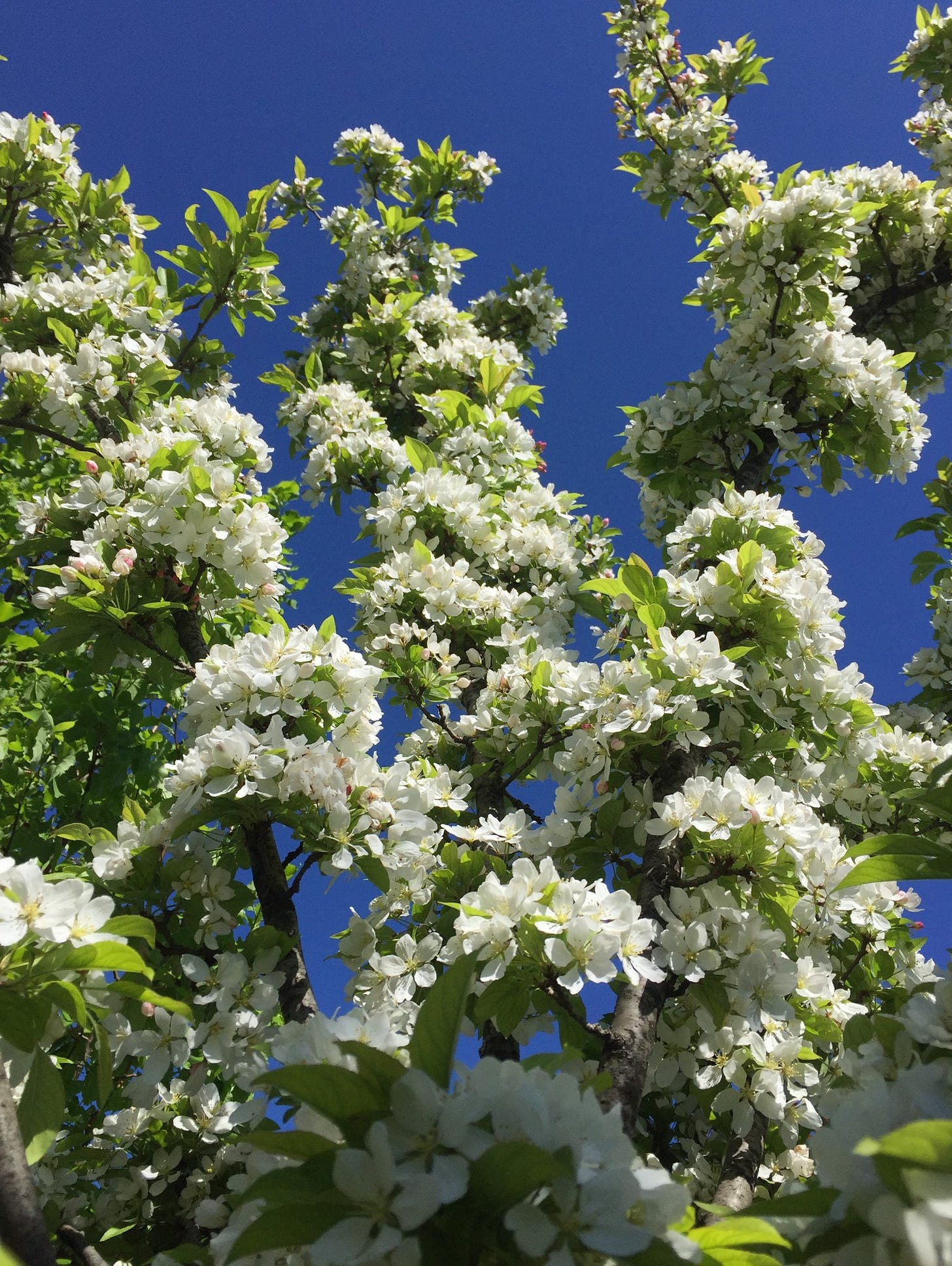
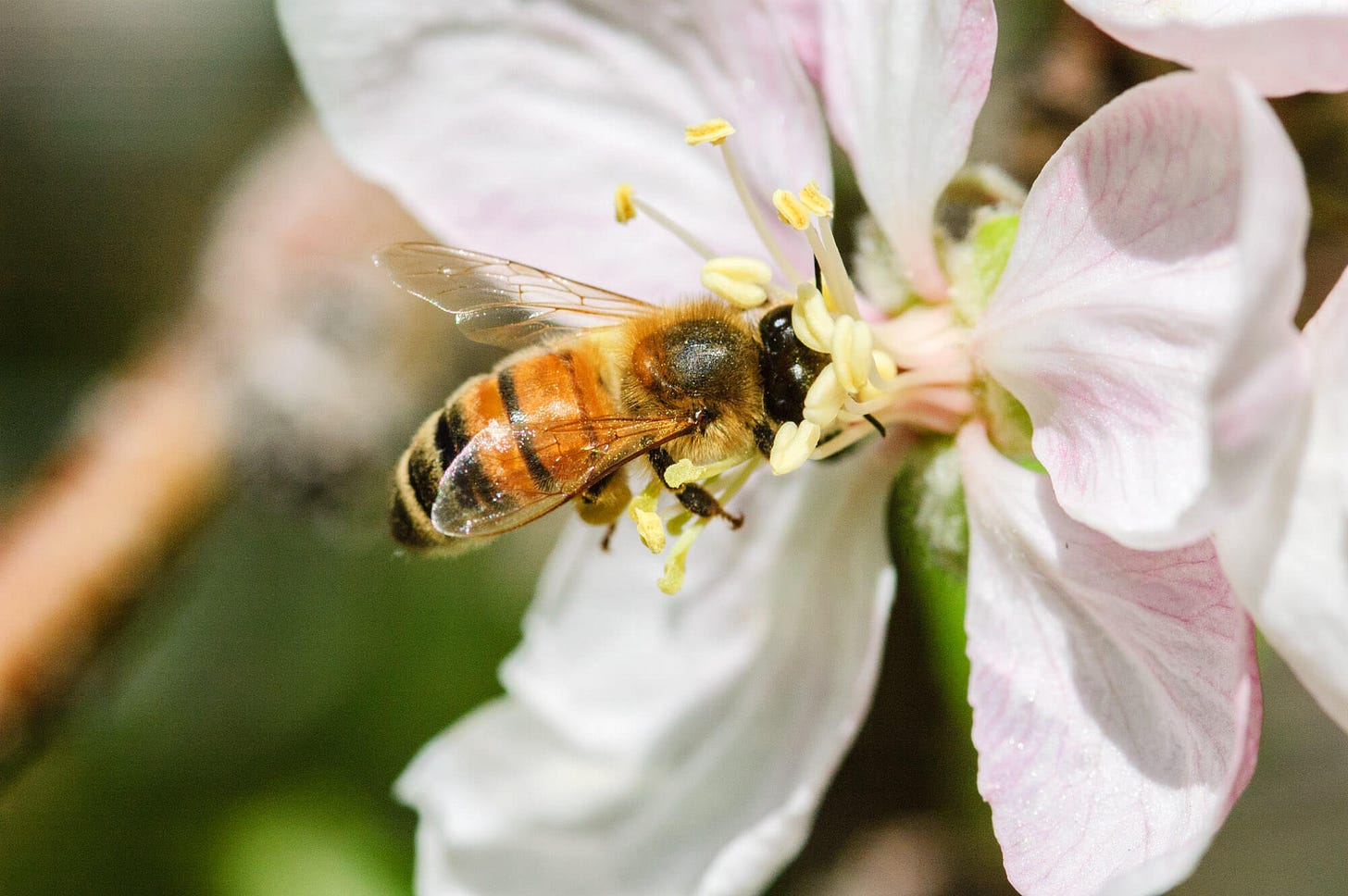
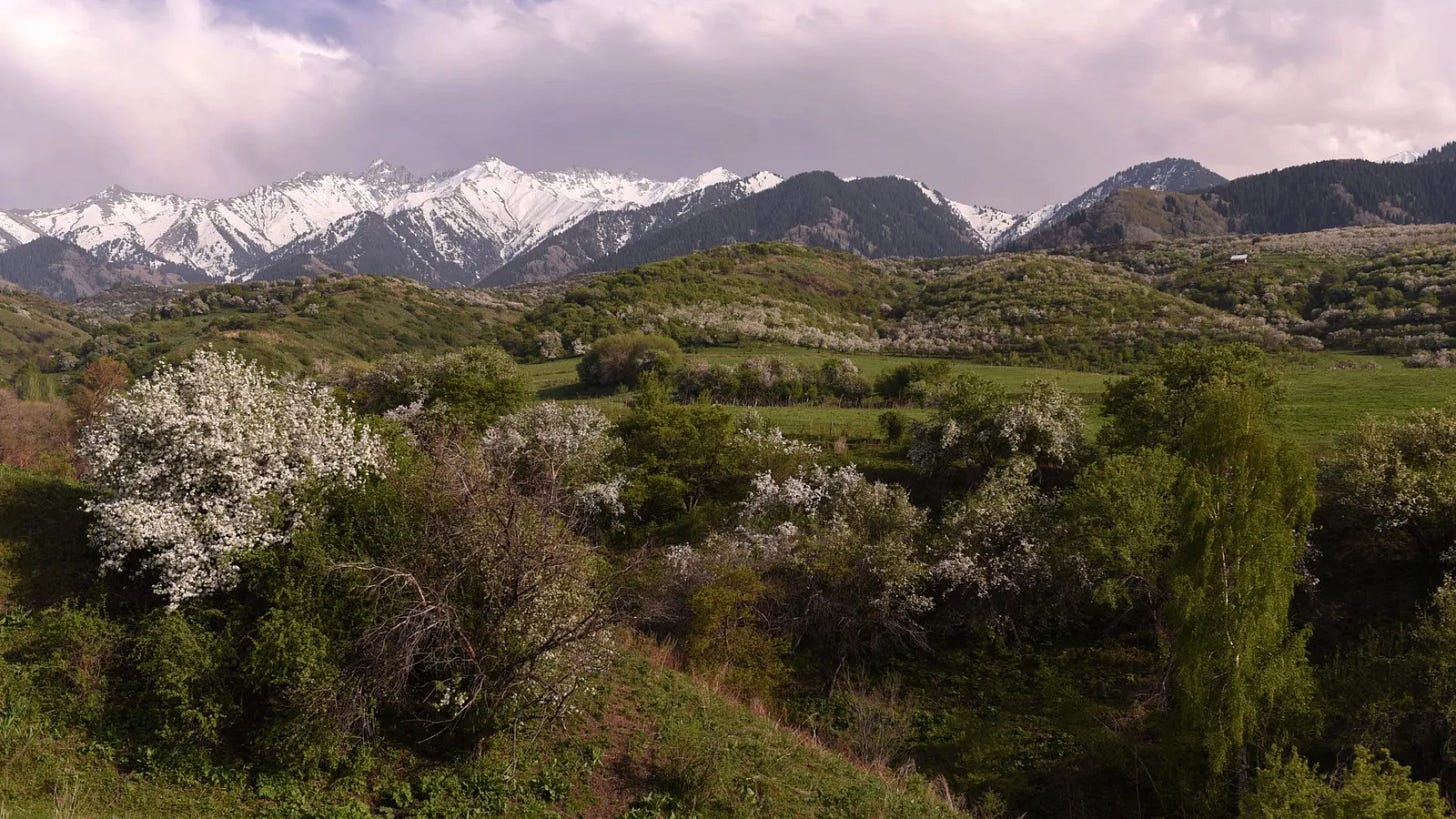
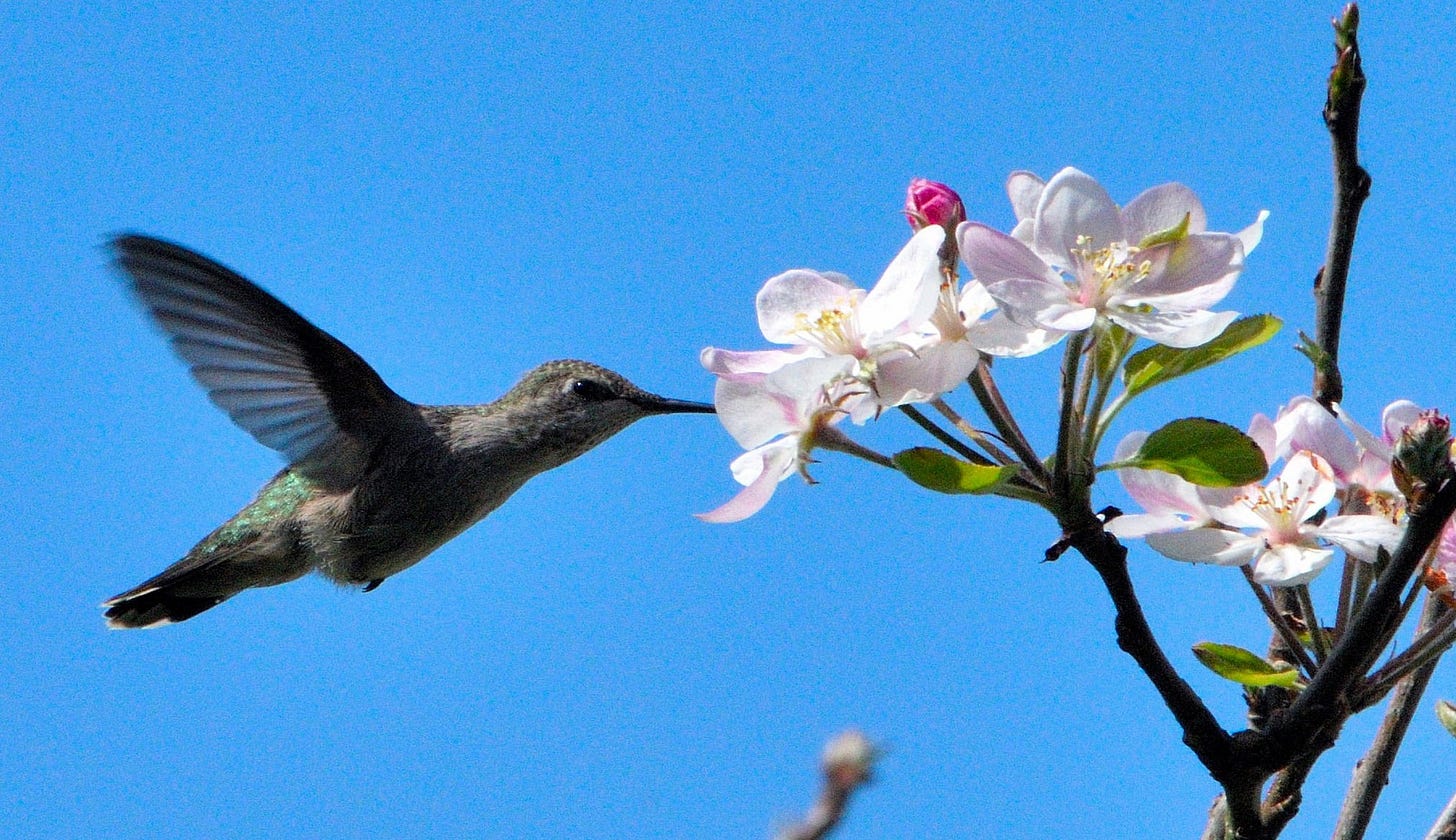


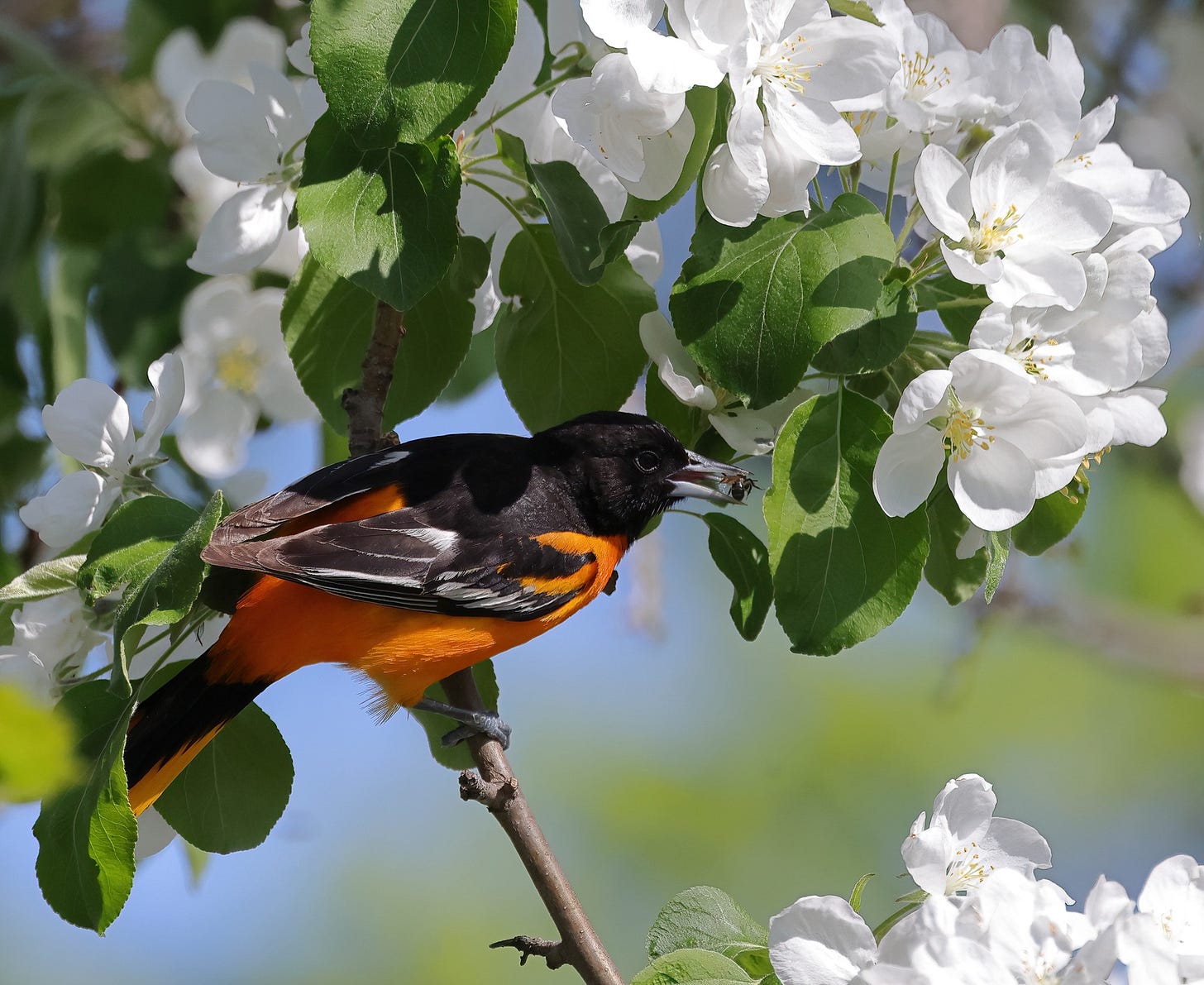



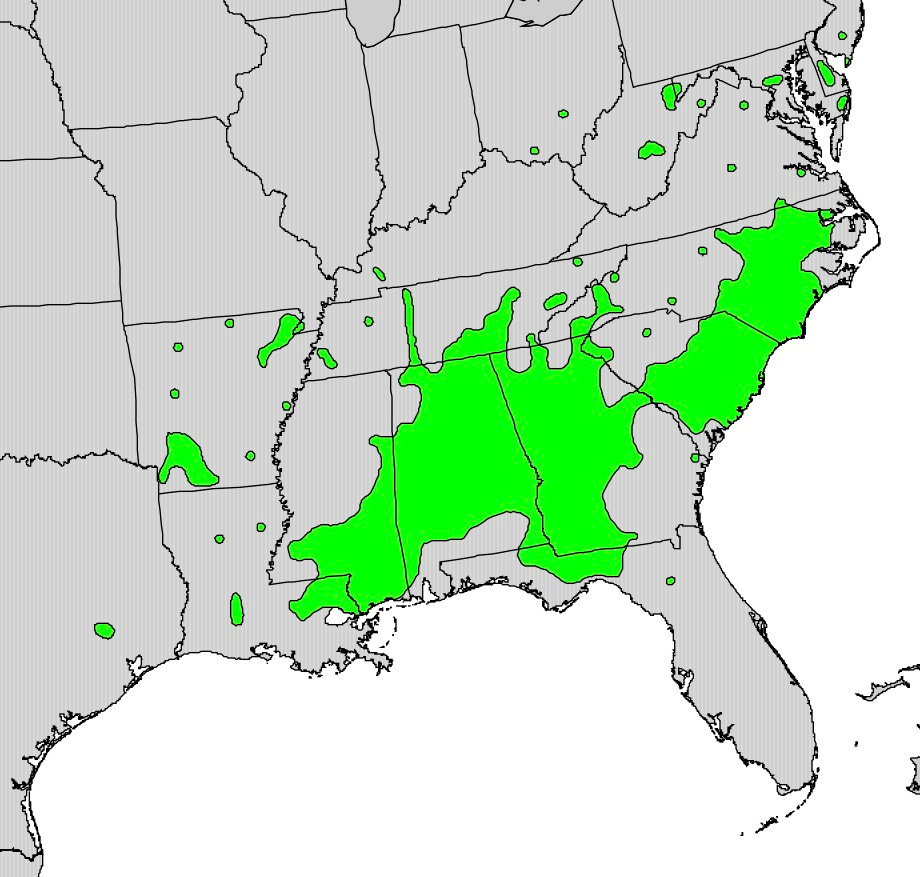
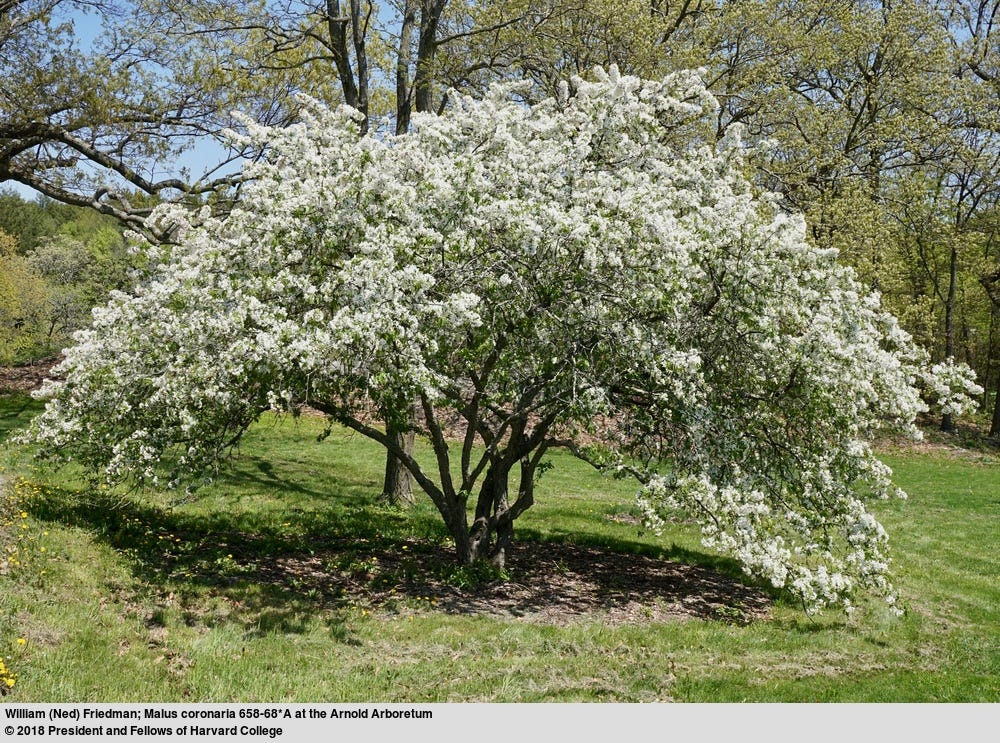







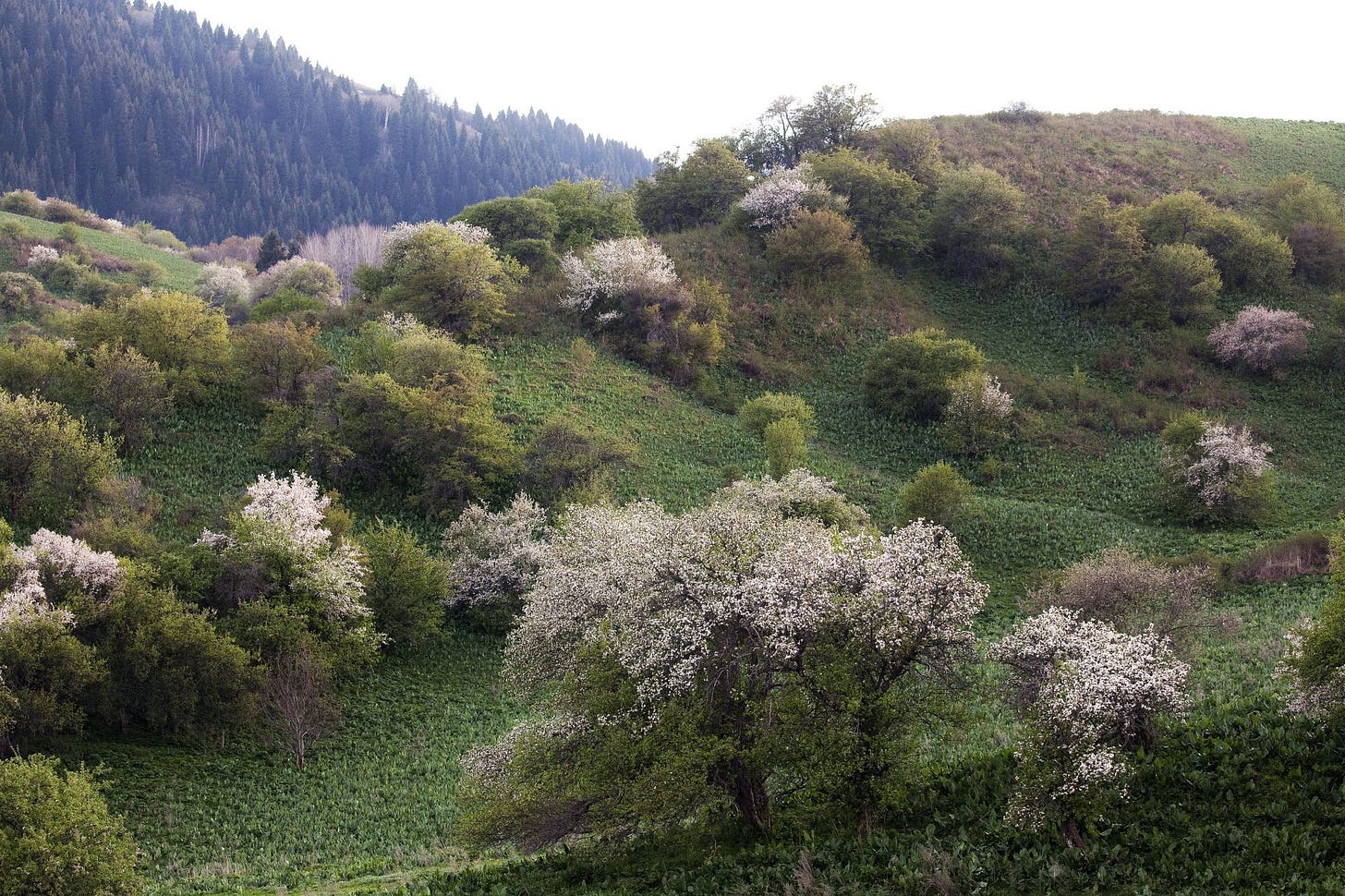

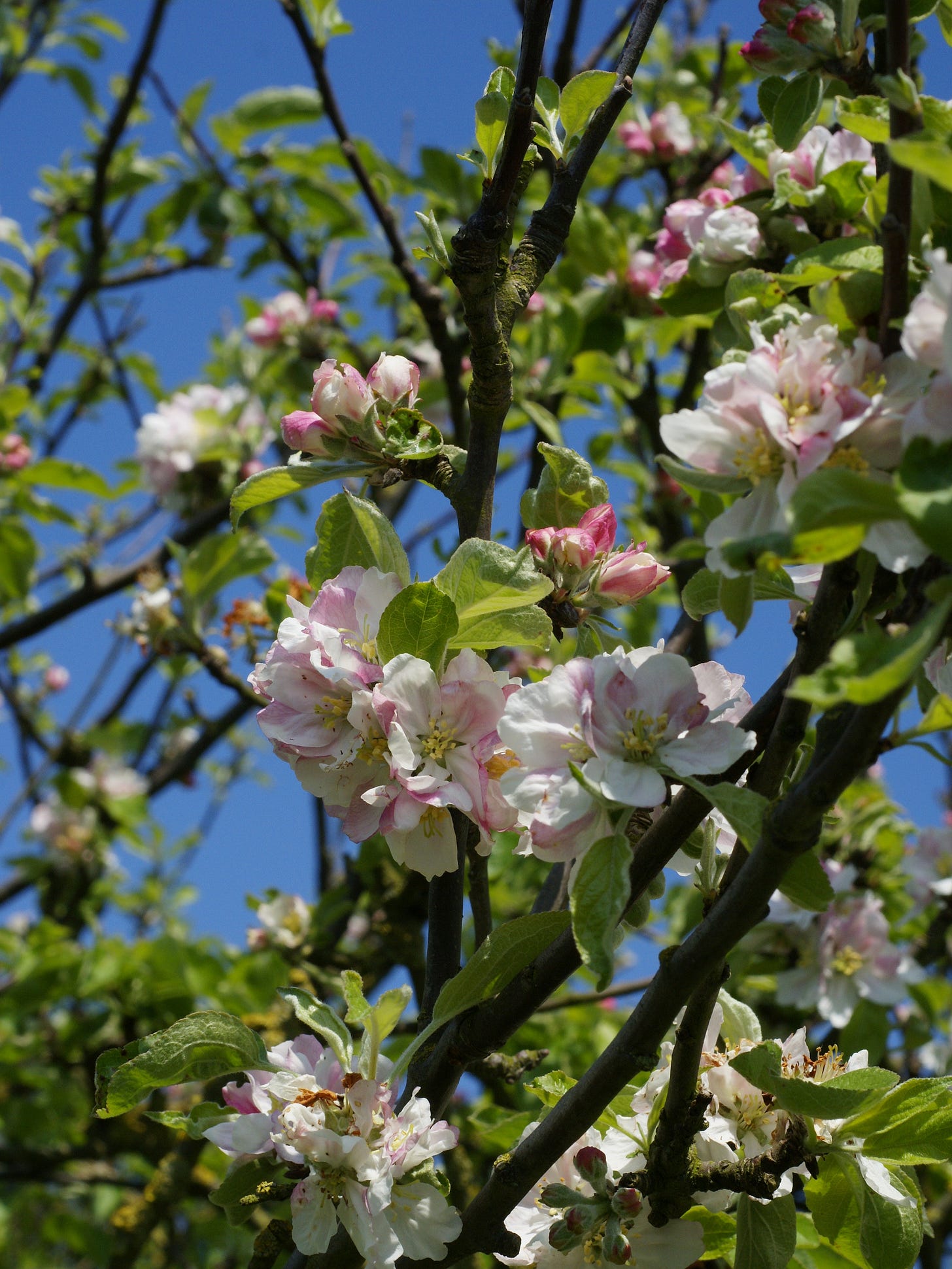


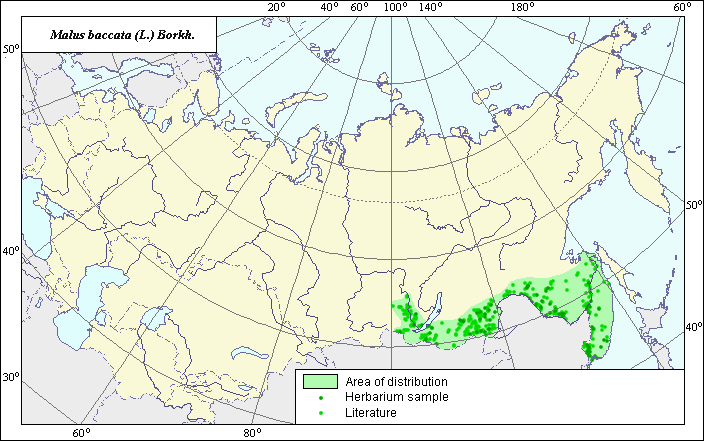
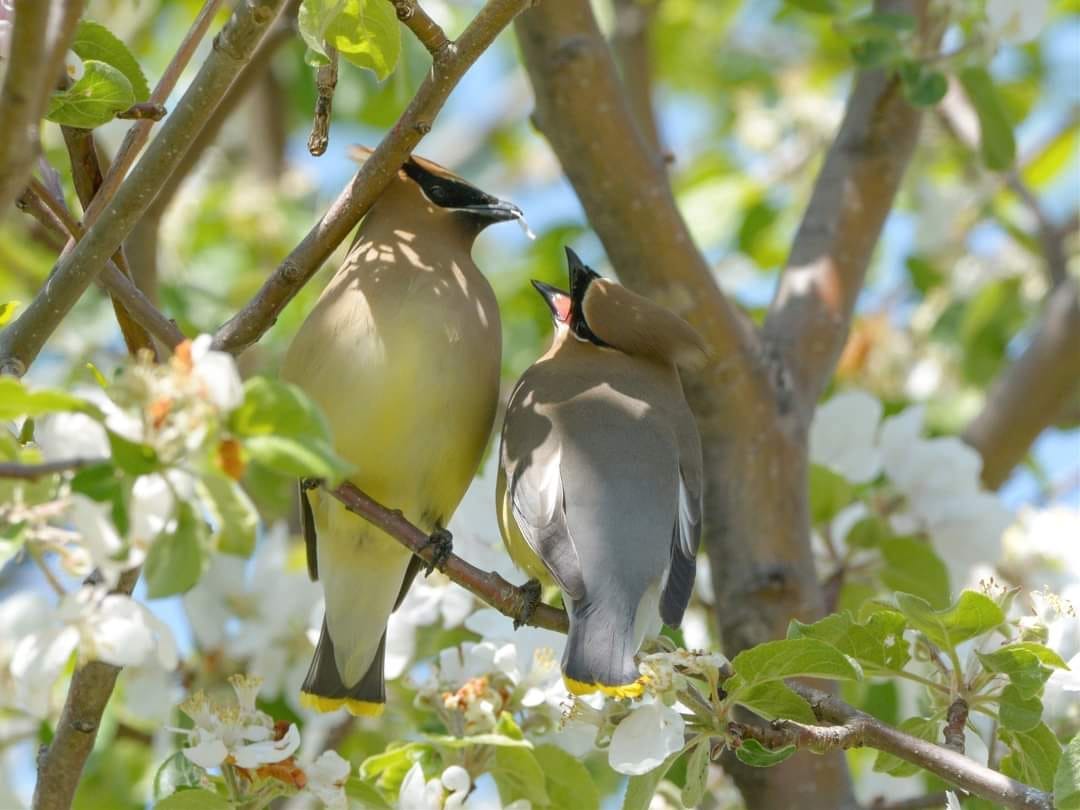

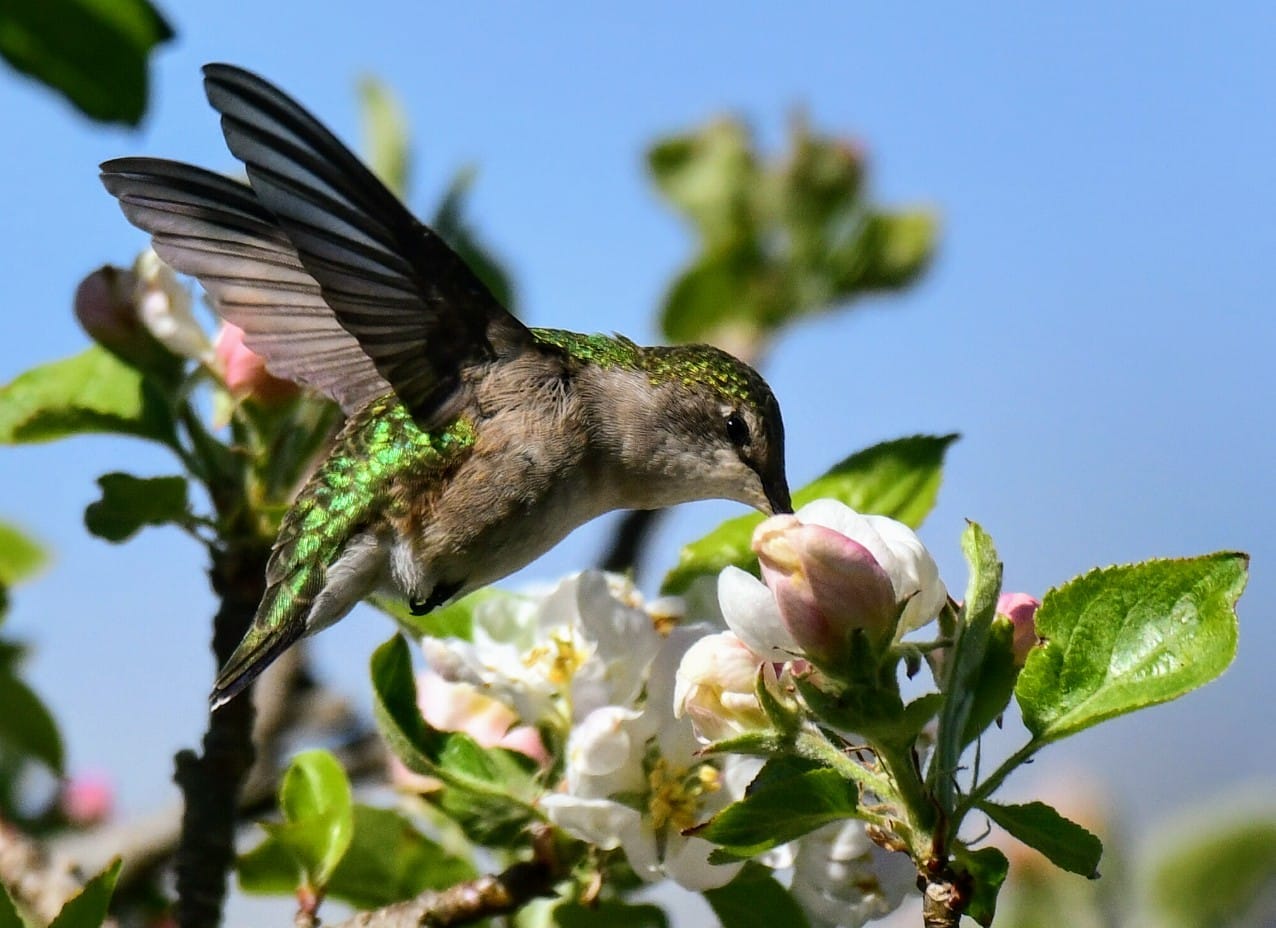

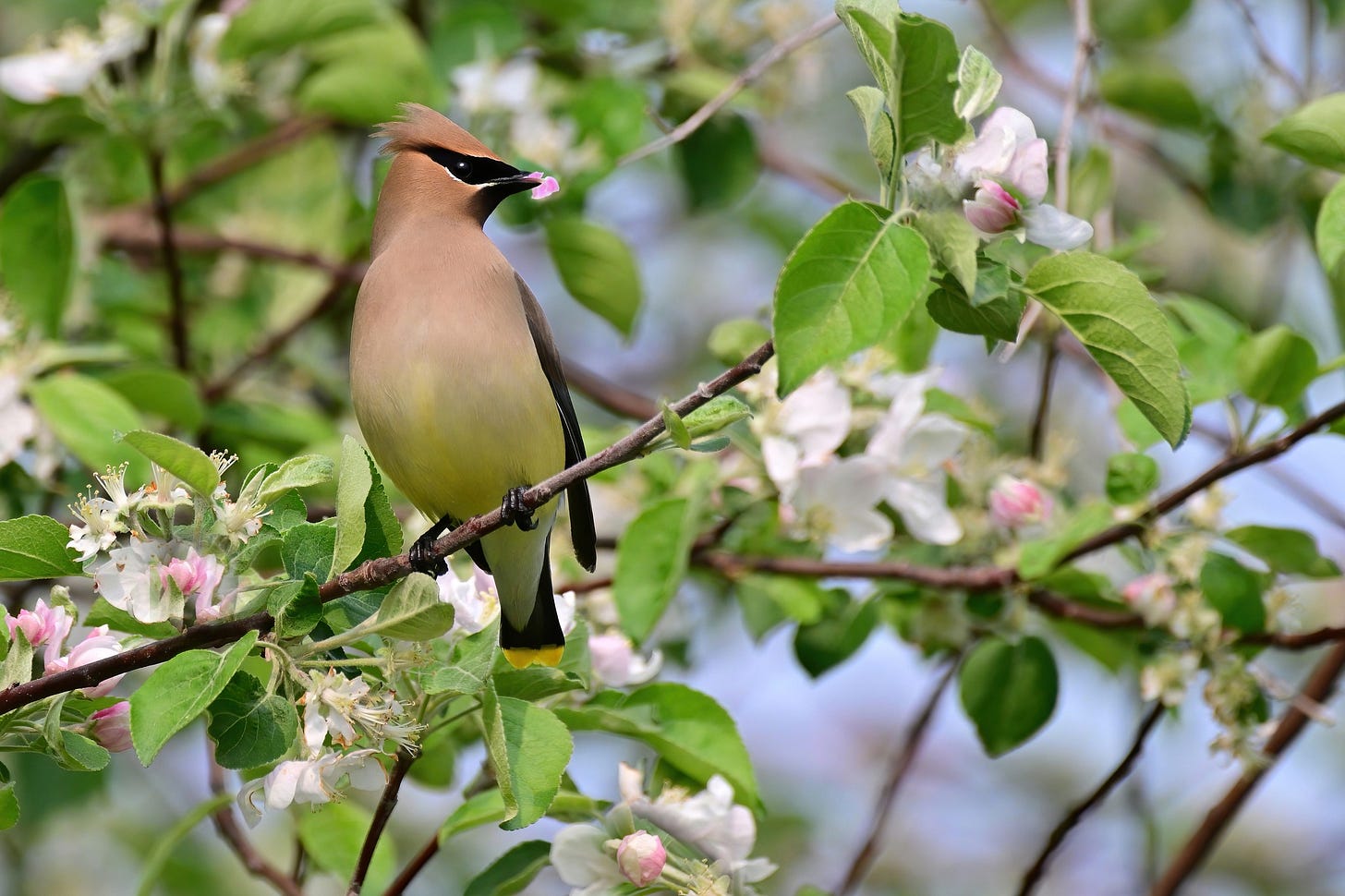
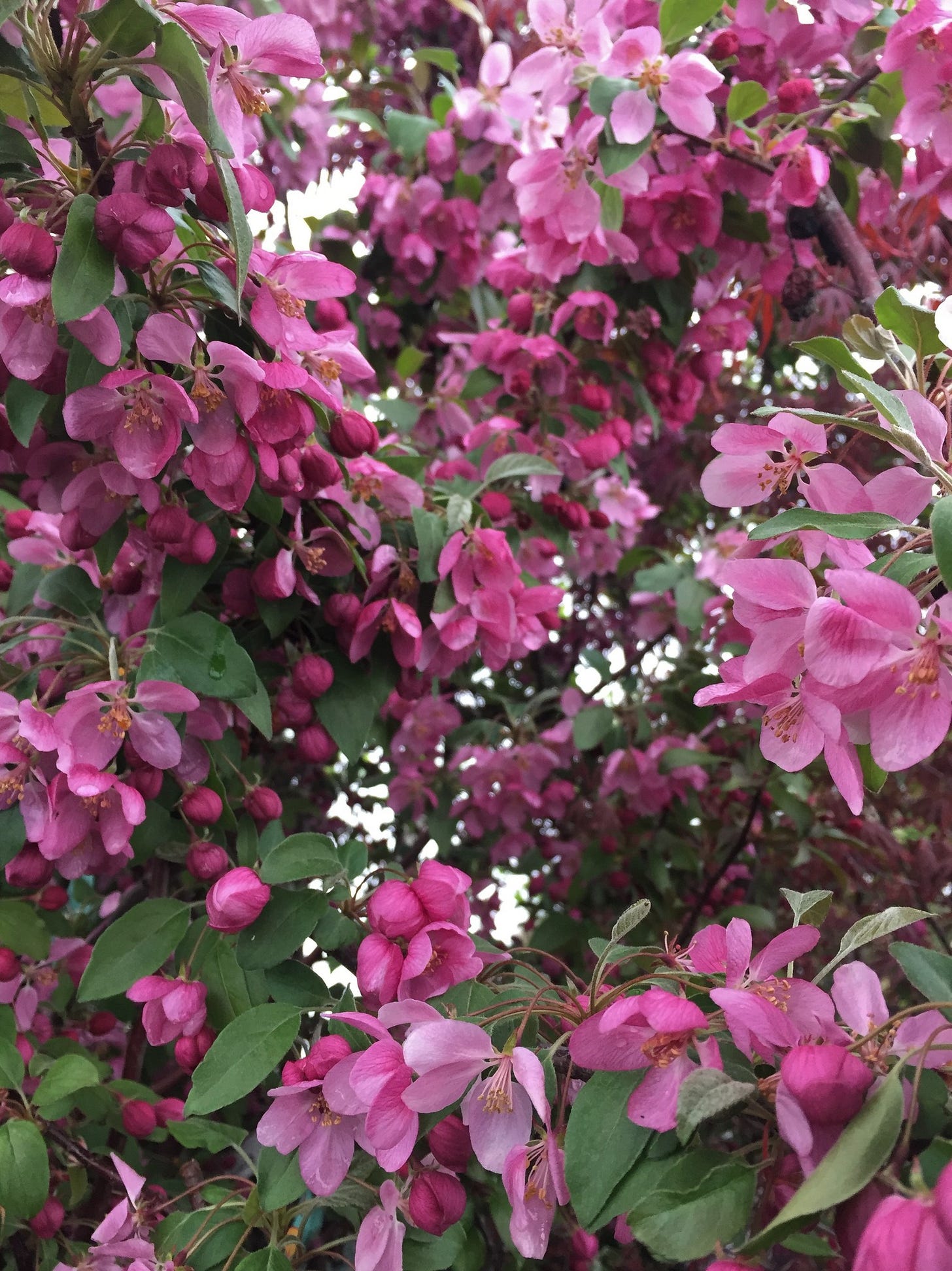

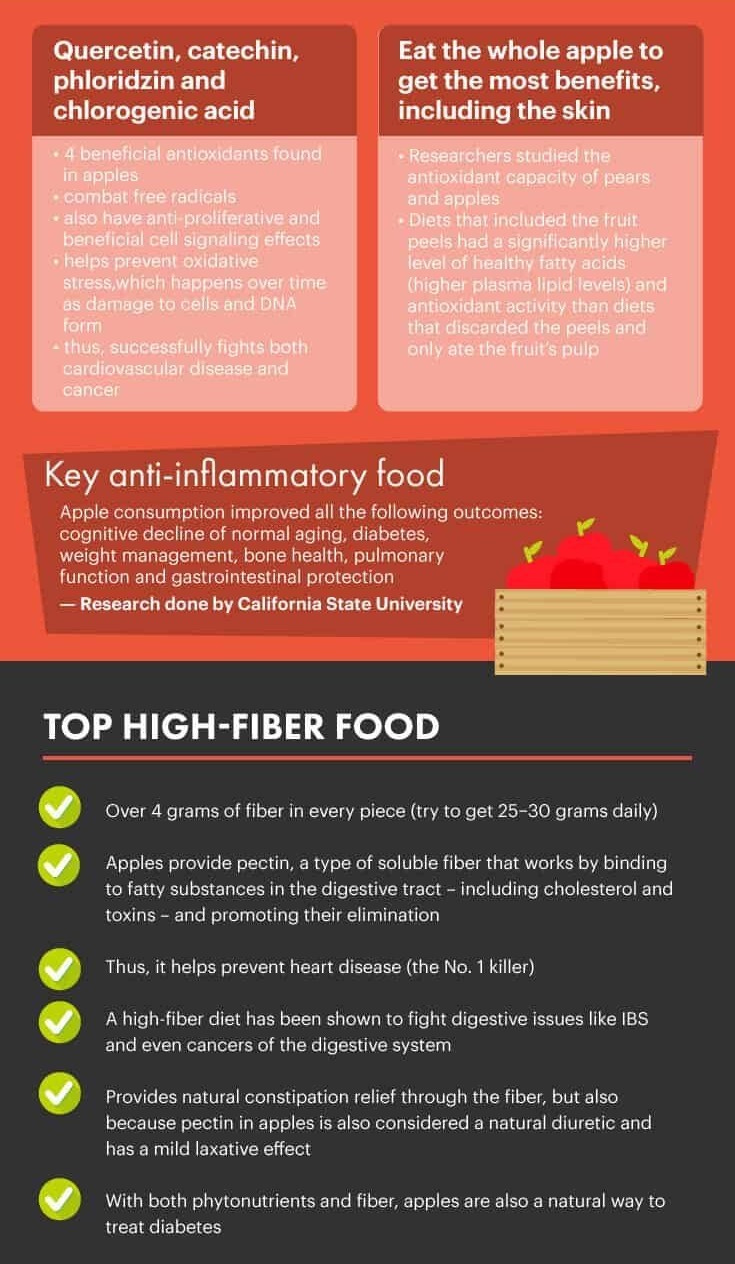
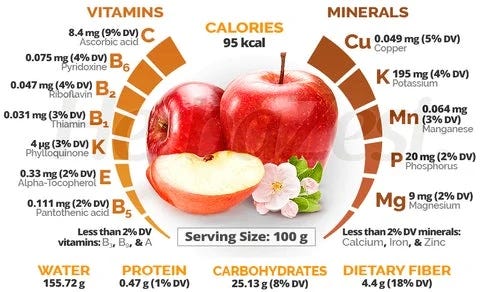


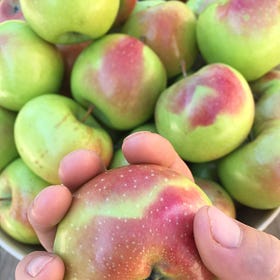
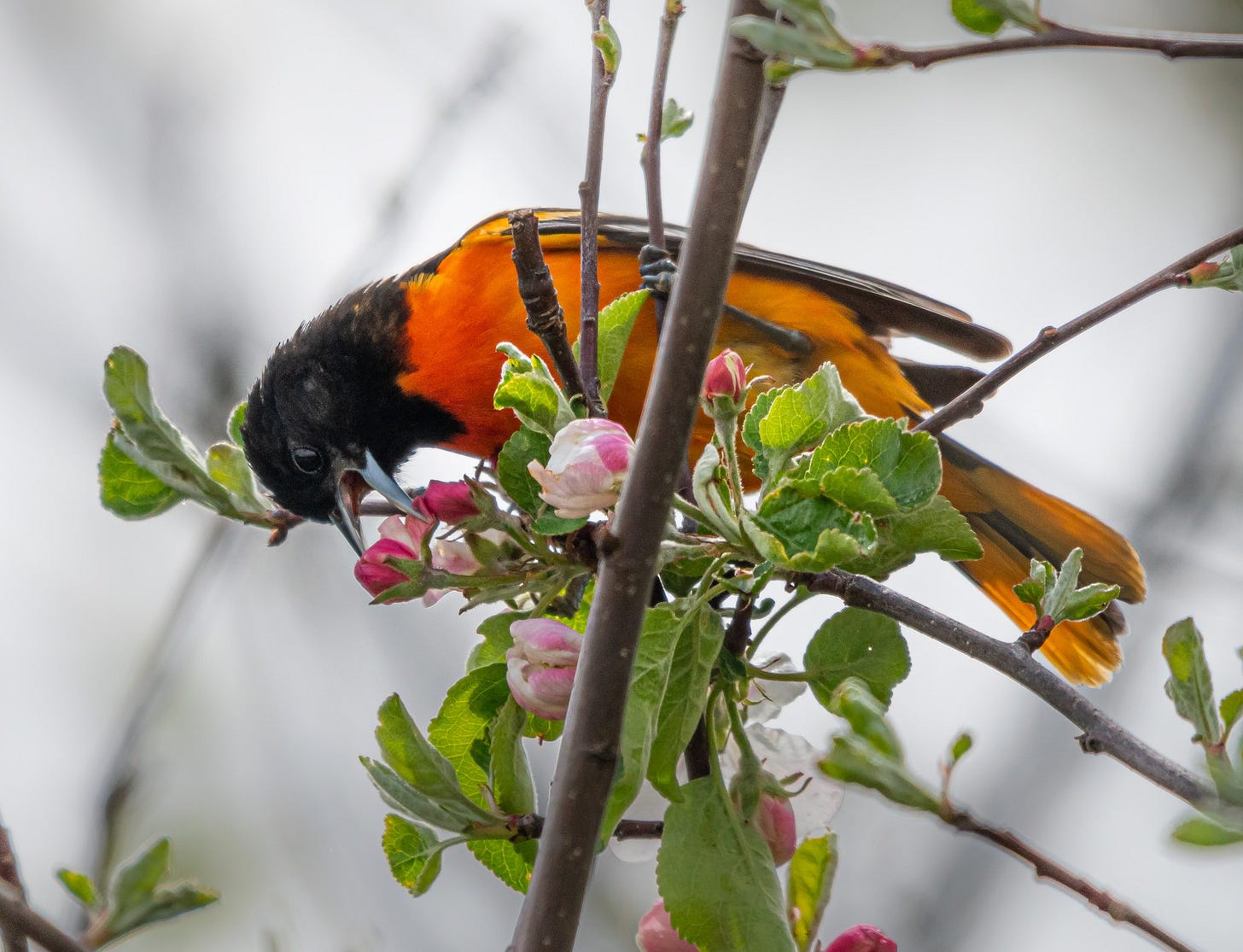

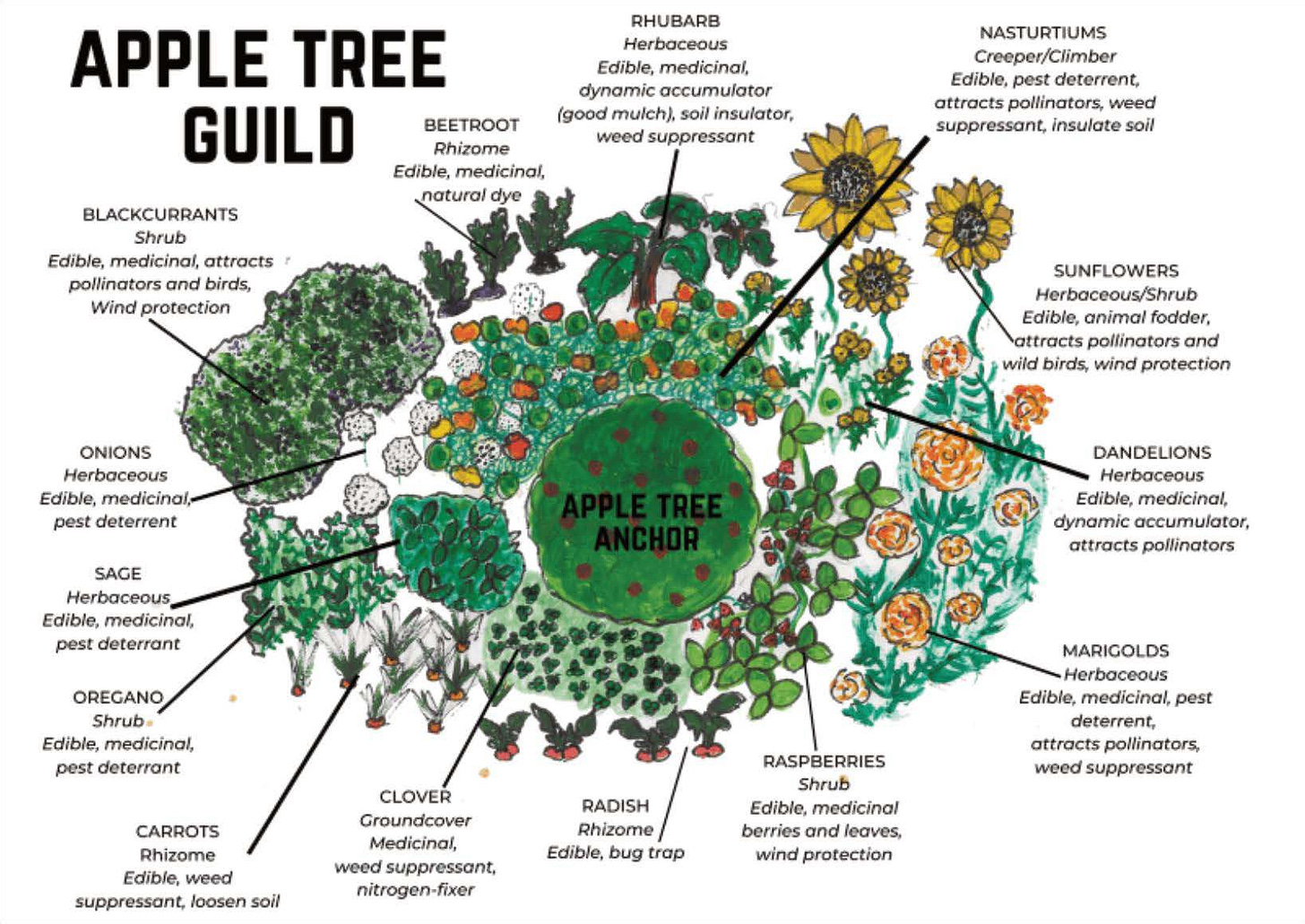
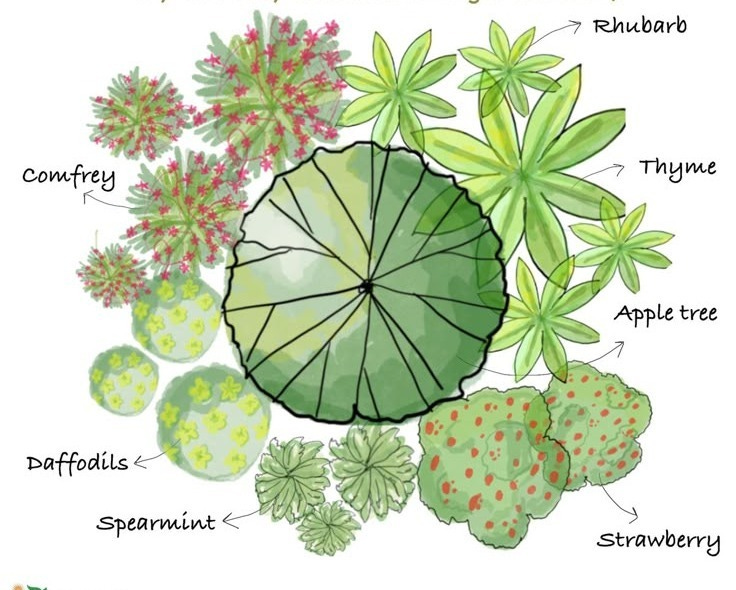
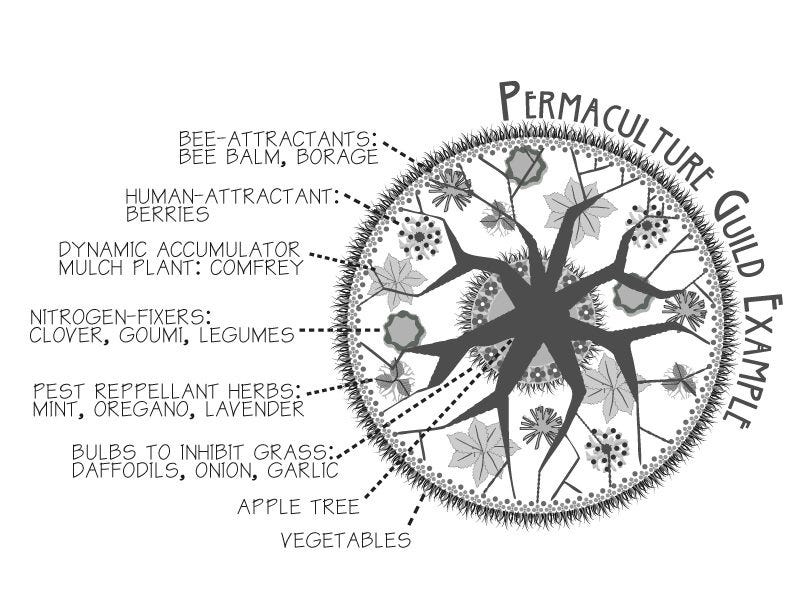
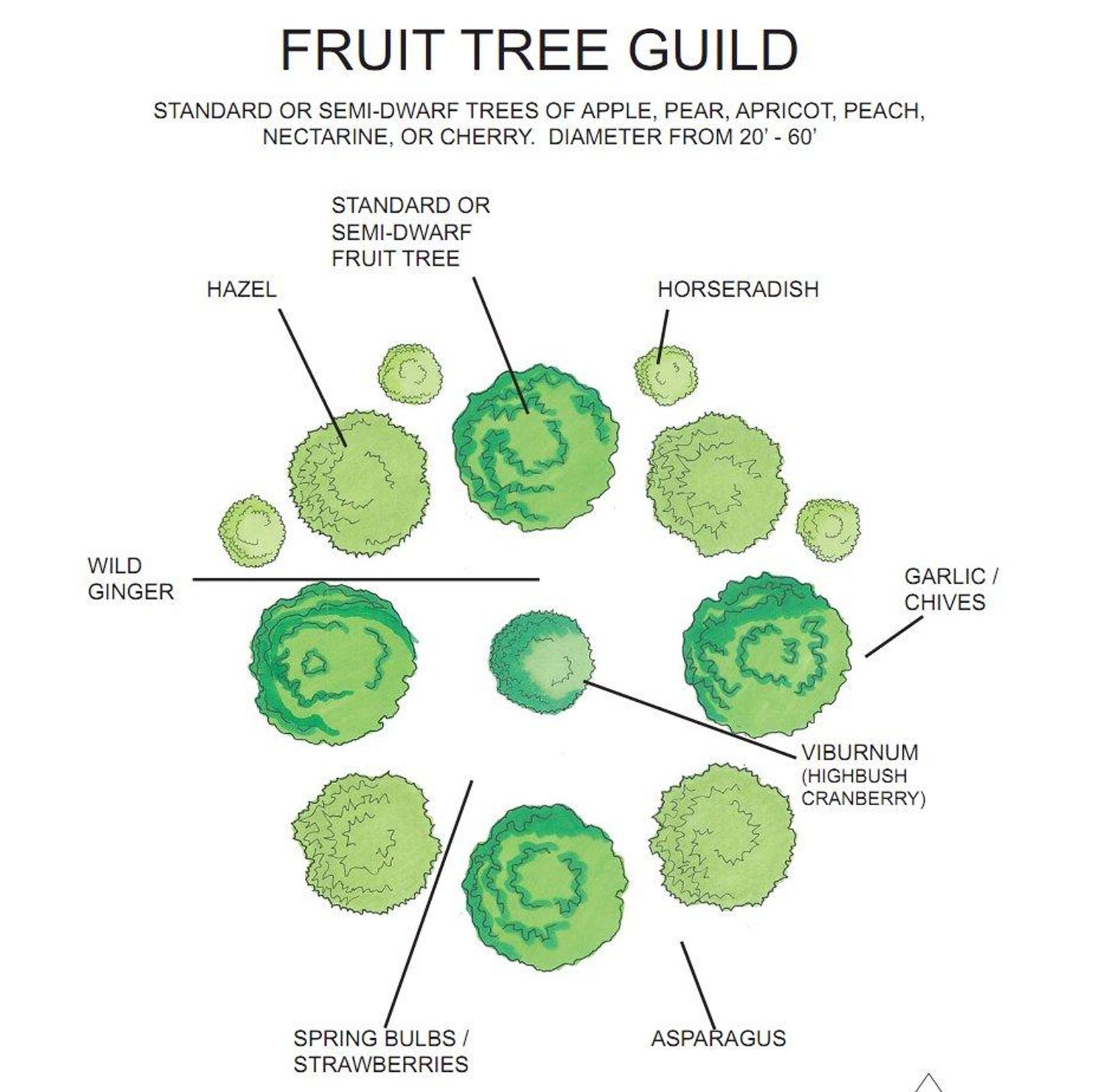


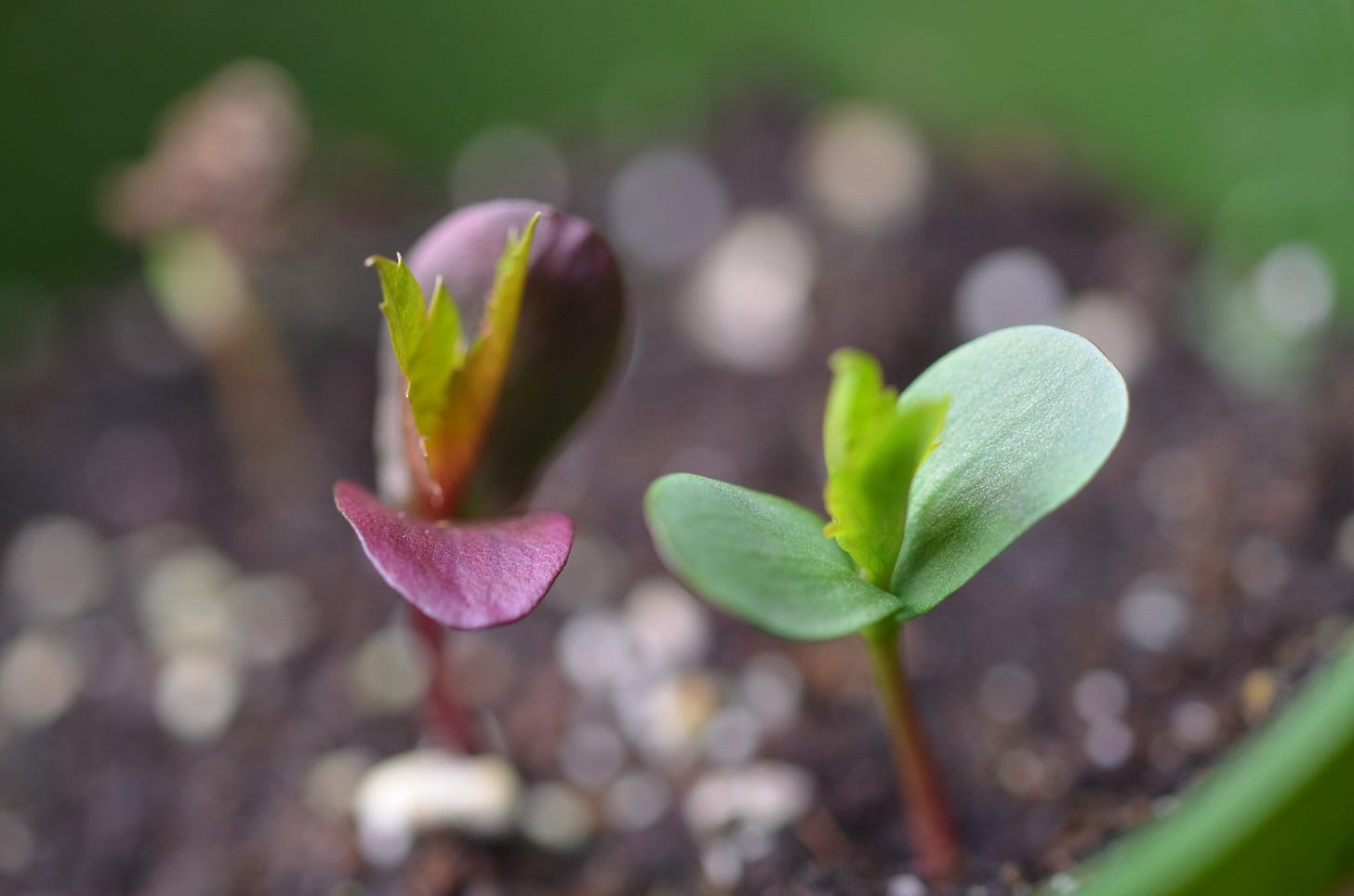



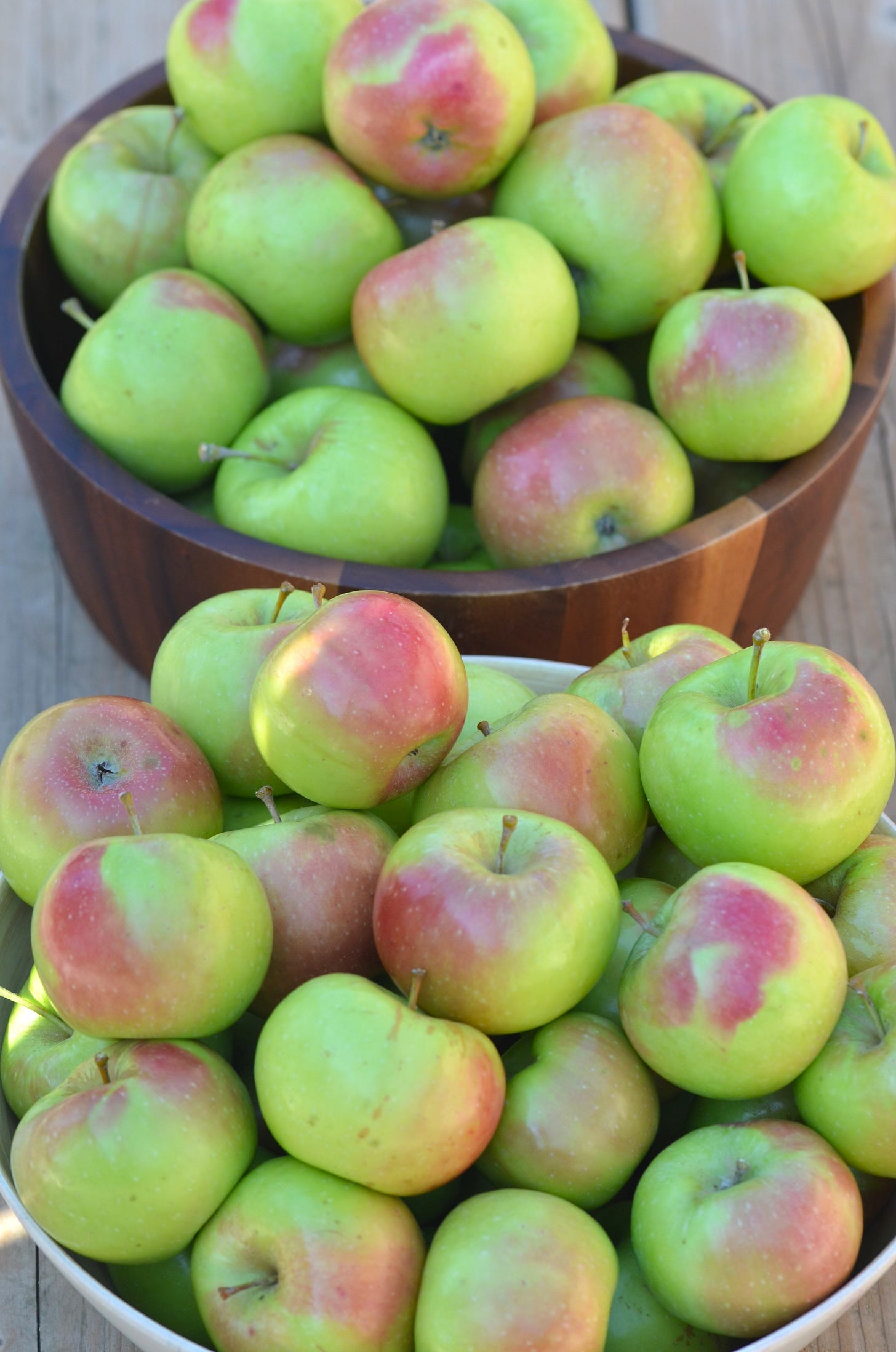
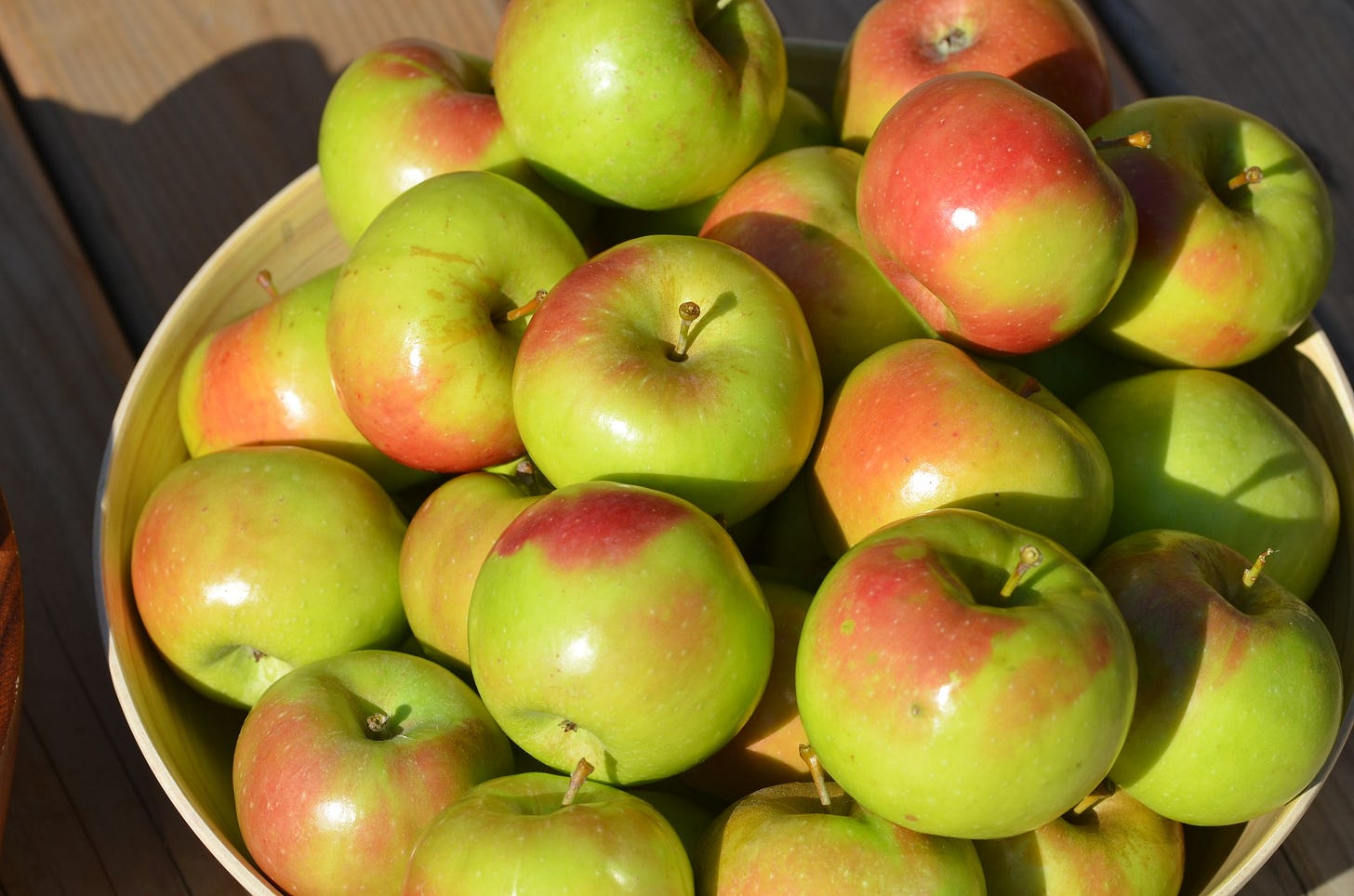



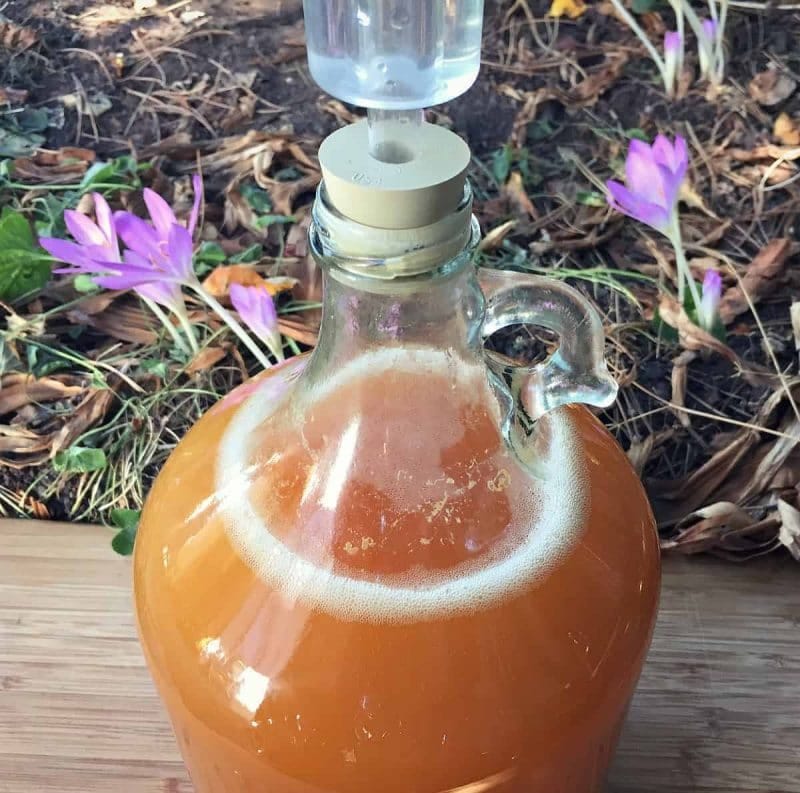



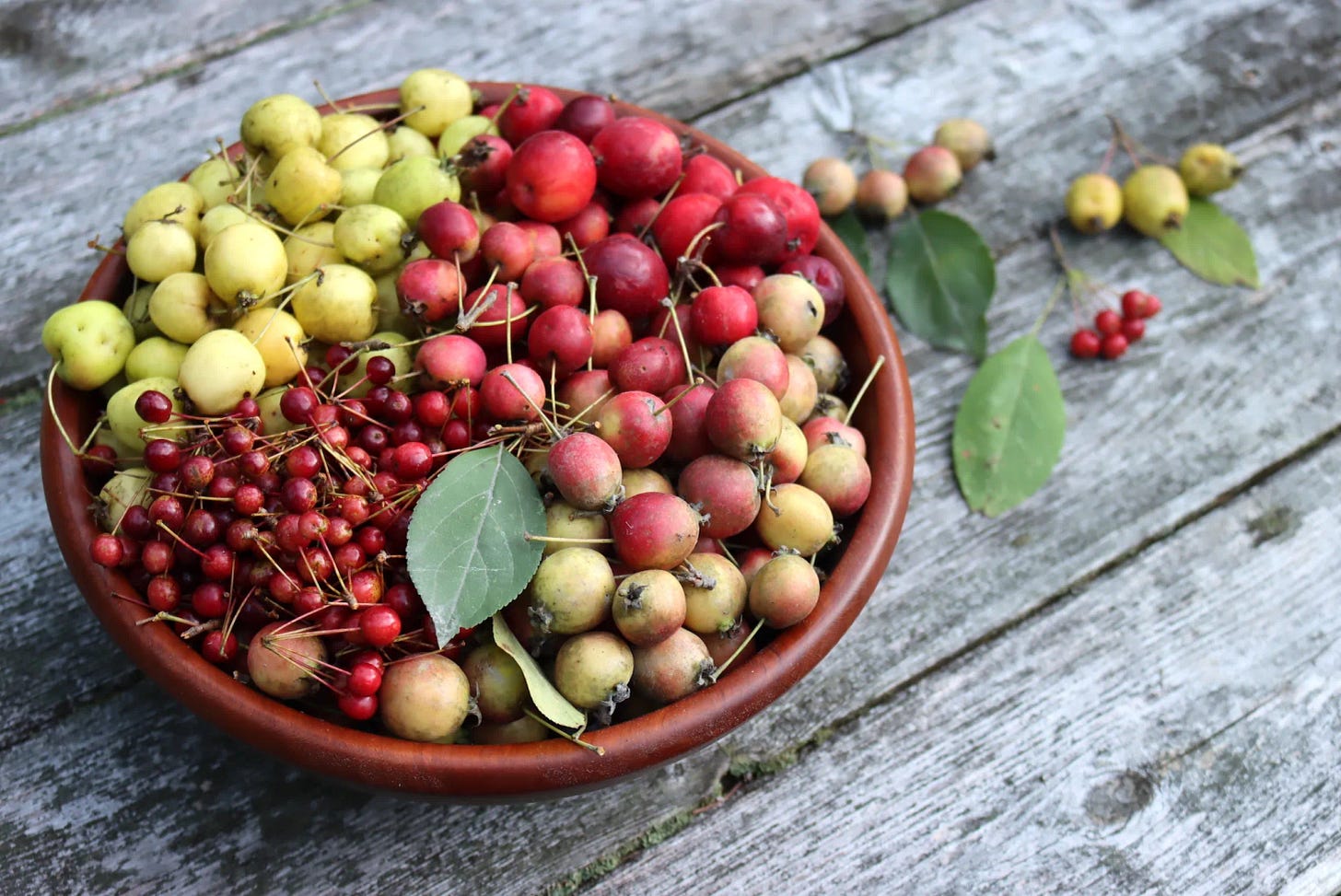

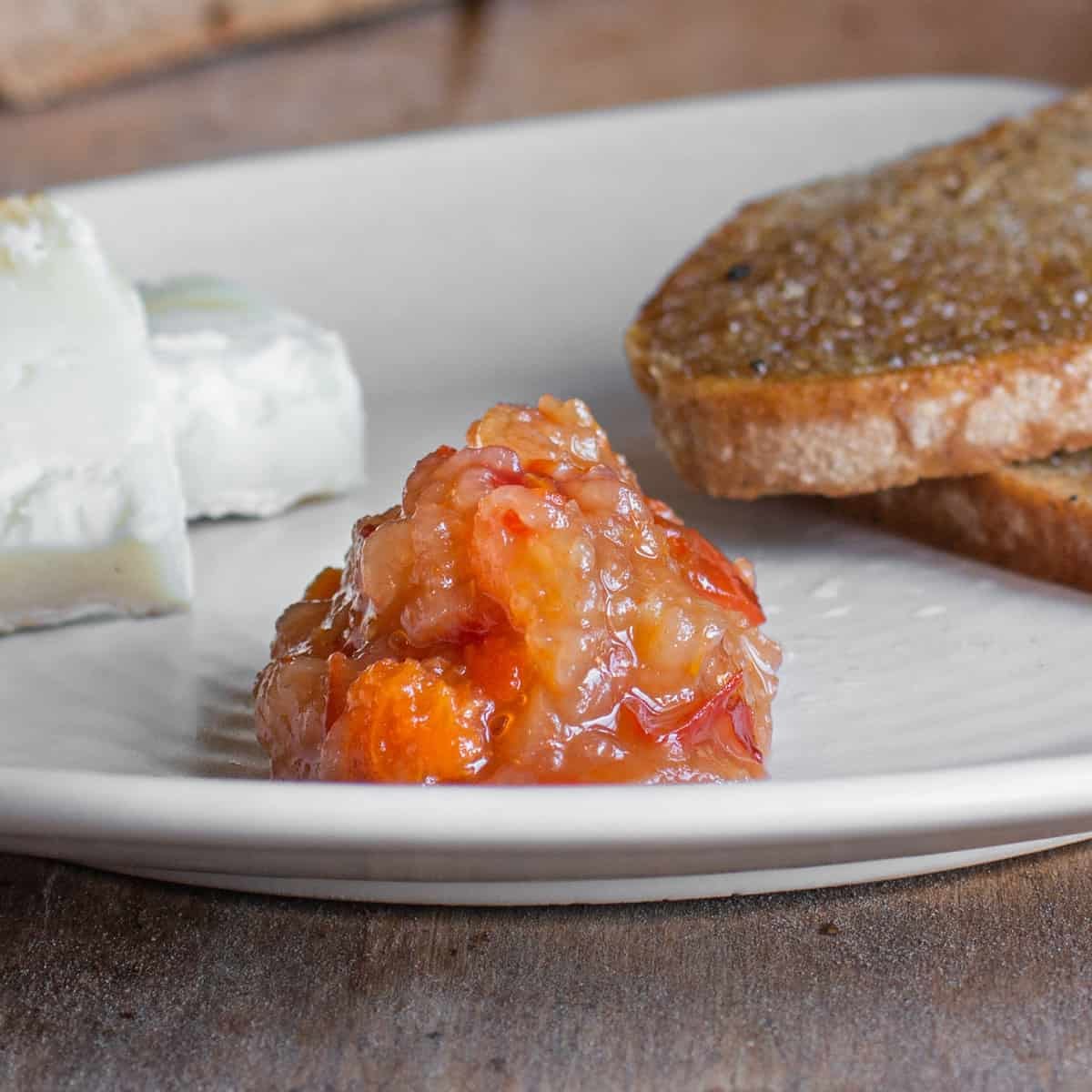
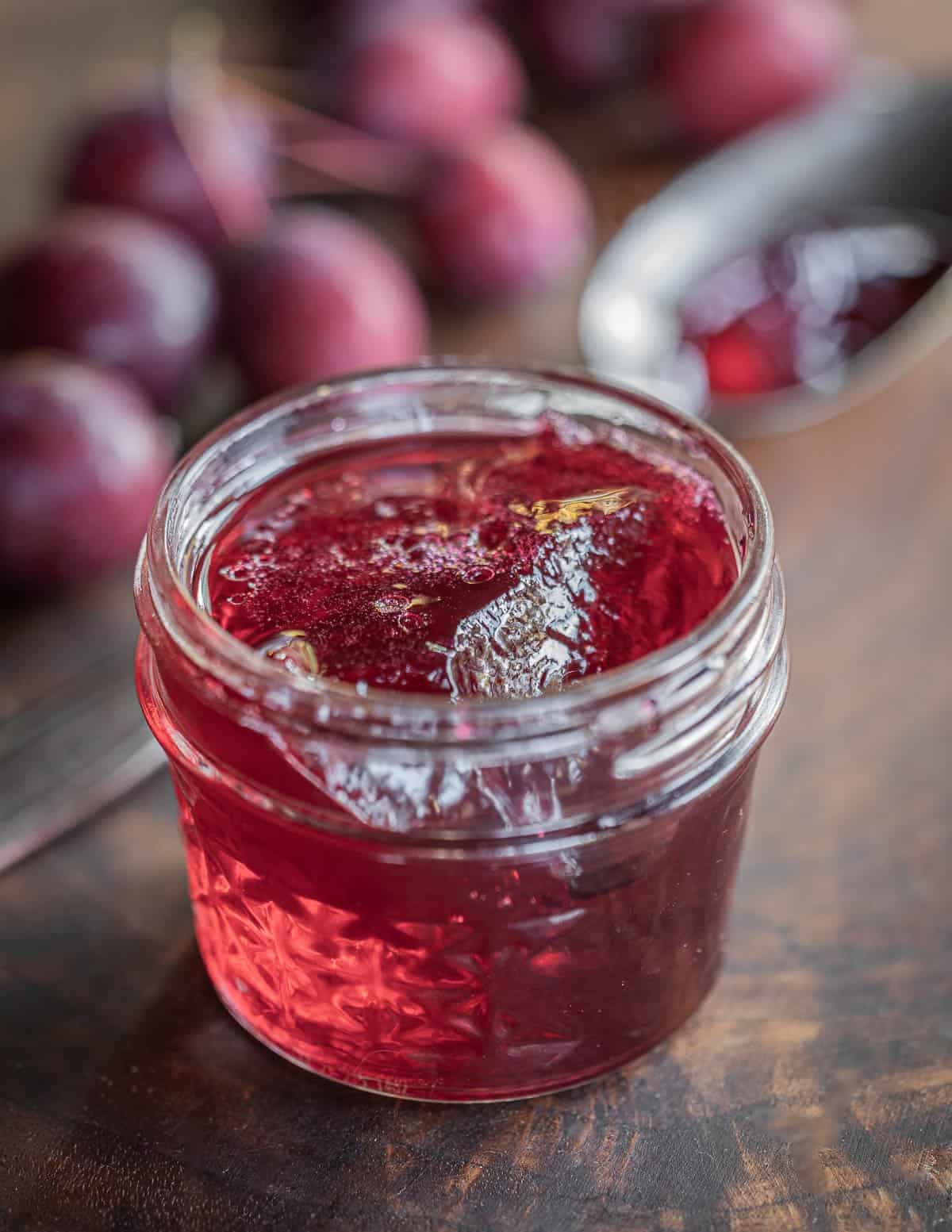




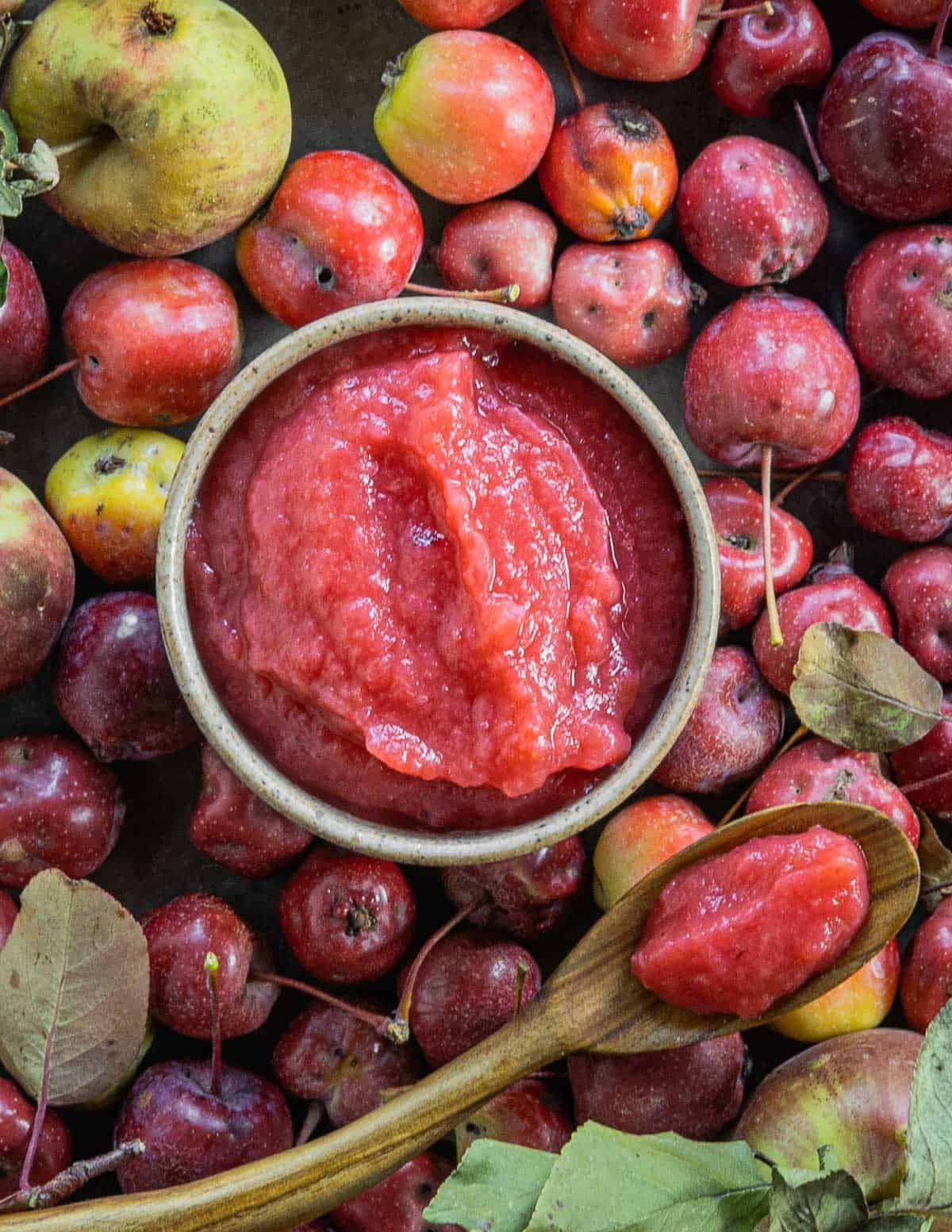
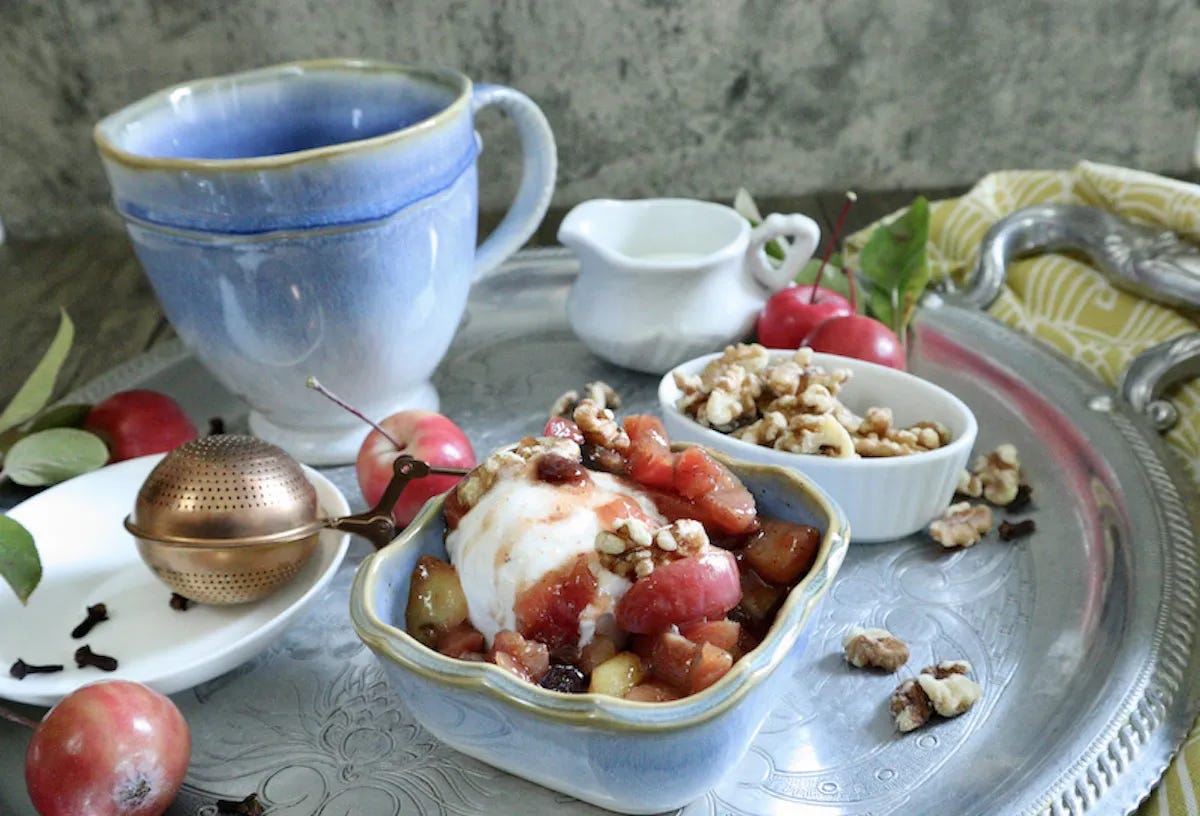
Thank you Gavin for this beautifully put together article (as always). i adore this wonderful, generous spirit of a tree.
I grew and planted a 'pot luck' apple from seed when I moved into my home here in Northern Scotland 30 years ago. The growing season here is short, my tree flowers 2-3 weeks later than in the lowlands of Scotland, and first frost comes early, bgut she usually graces me with a decent crop for the winter, Its not a great eating apple with a tough skin, much better cooked, and tastes somewhat pear-ish. The blossom is such a delight, with a gourgeous scent.
I never liked apples much. It took me years to realise it was commercial store apples that I didn't like. I always preferred the more tart varieties such as Cox. One place I lived had several crab apple nearby, which I freely picked for adding to preserves and pickles while I lived there. Picking was not without hazard, she was ringed by thorns and nettles below. Bless the apple.
Excellent and inspiring! Wish I had started growing trees years ago. I quit after a couple of failures and the huge issue of gophers but you've motivated me to try again.